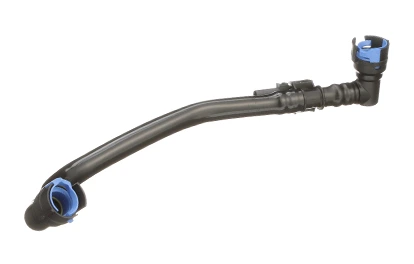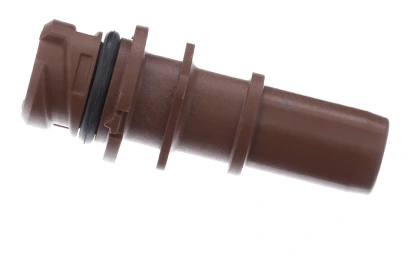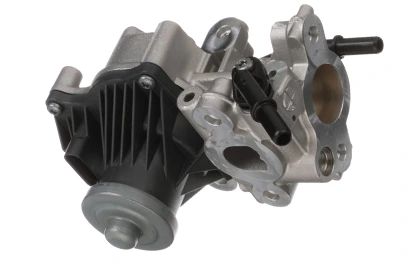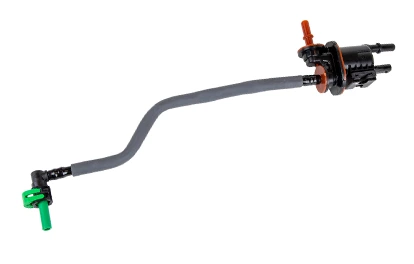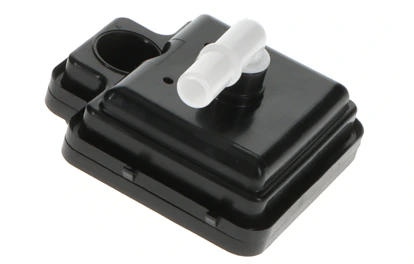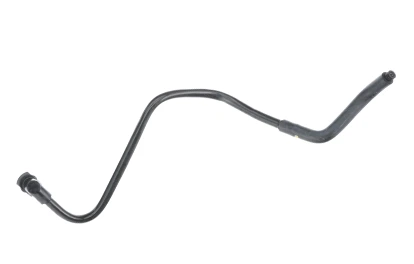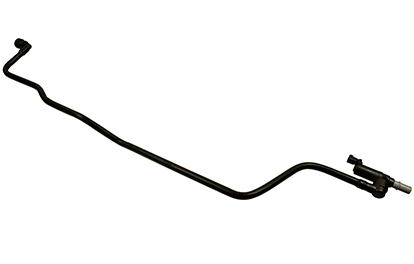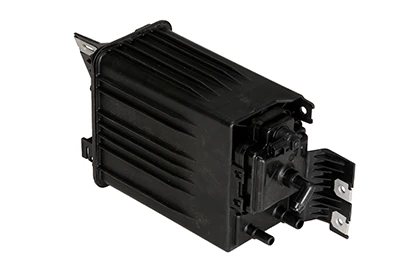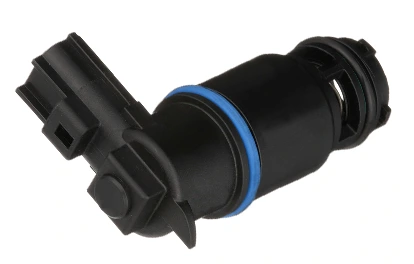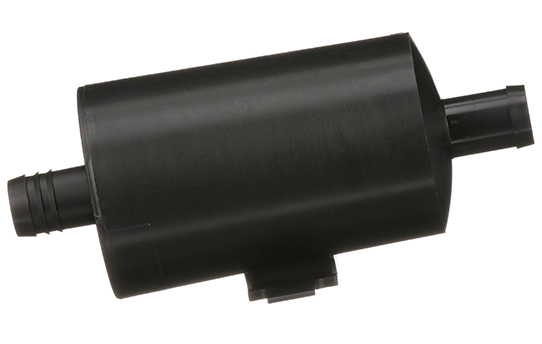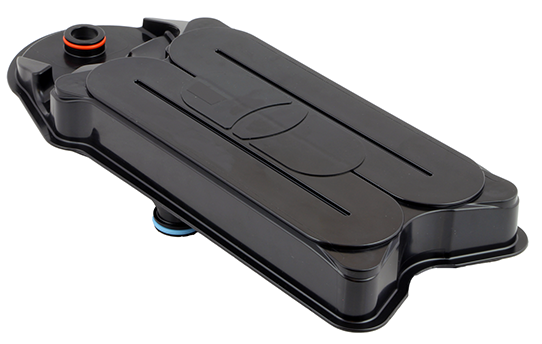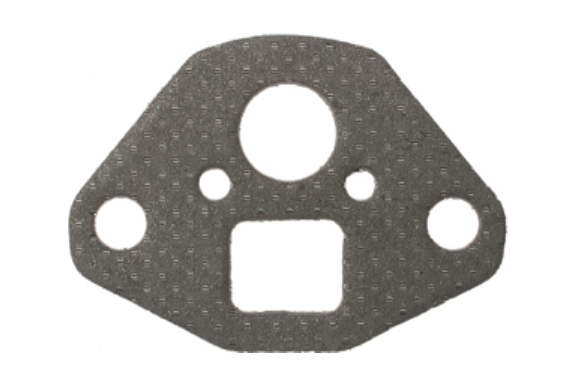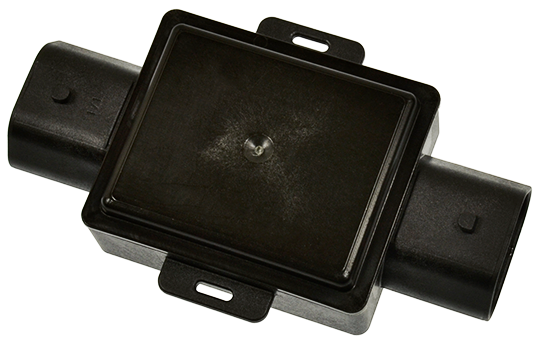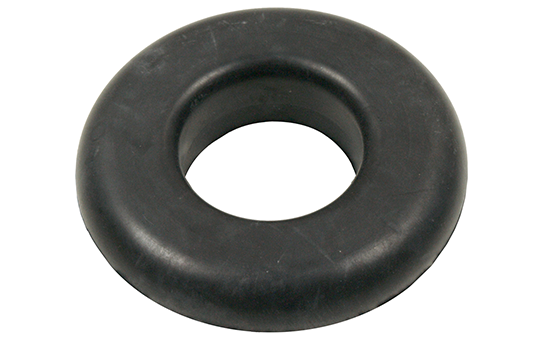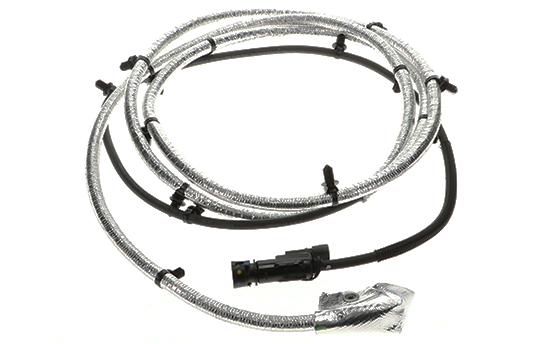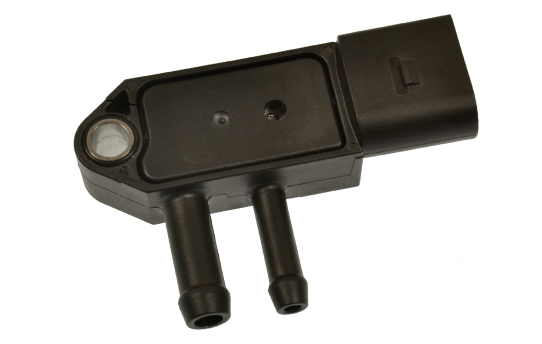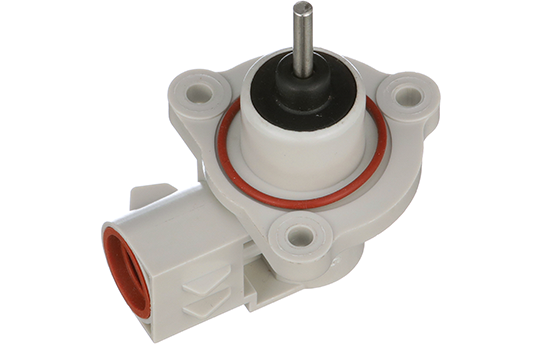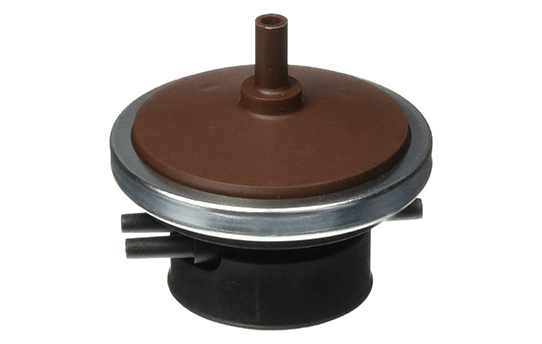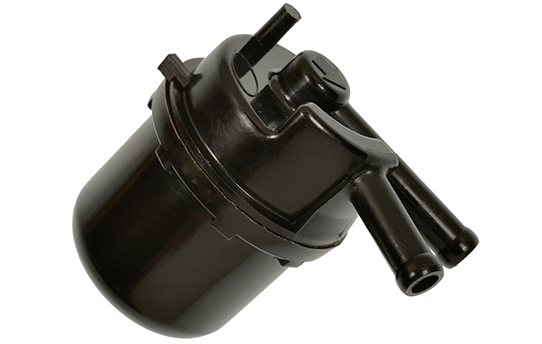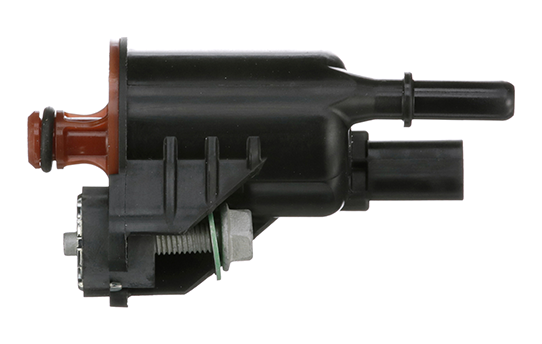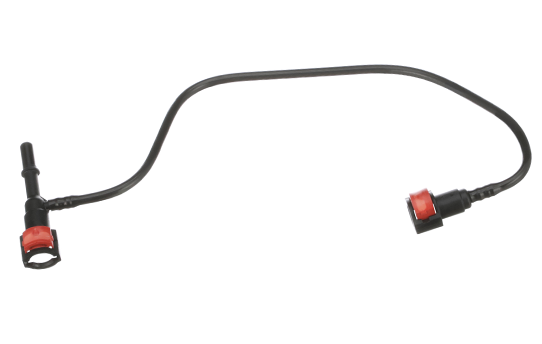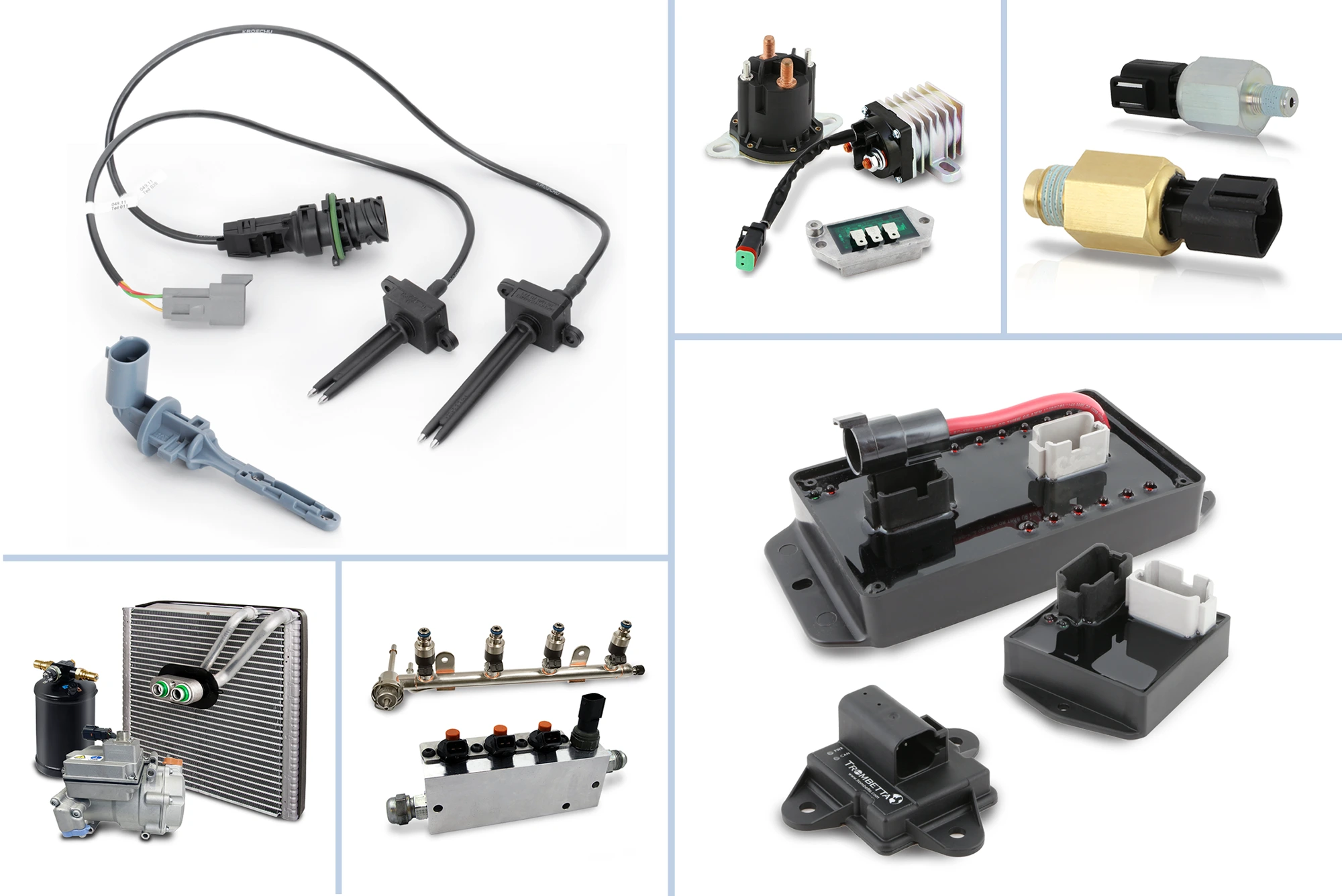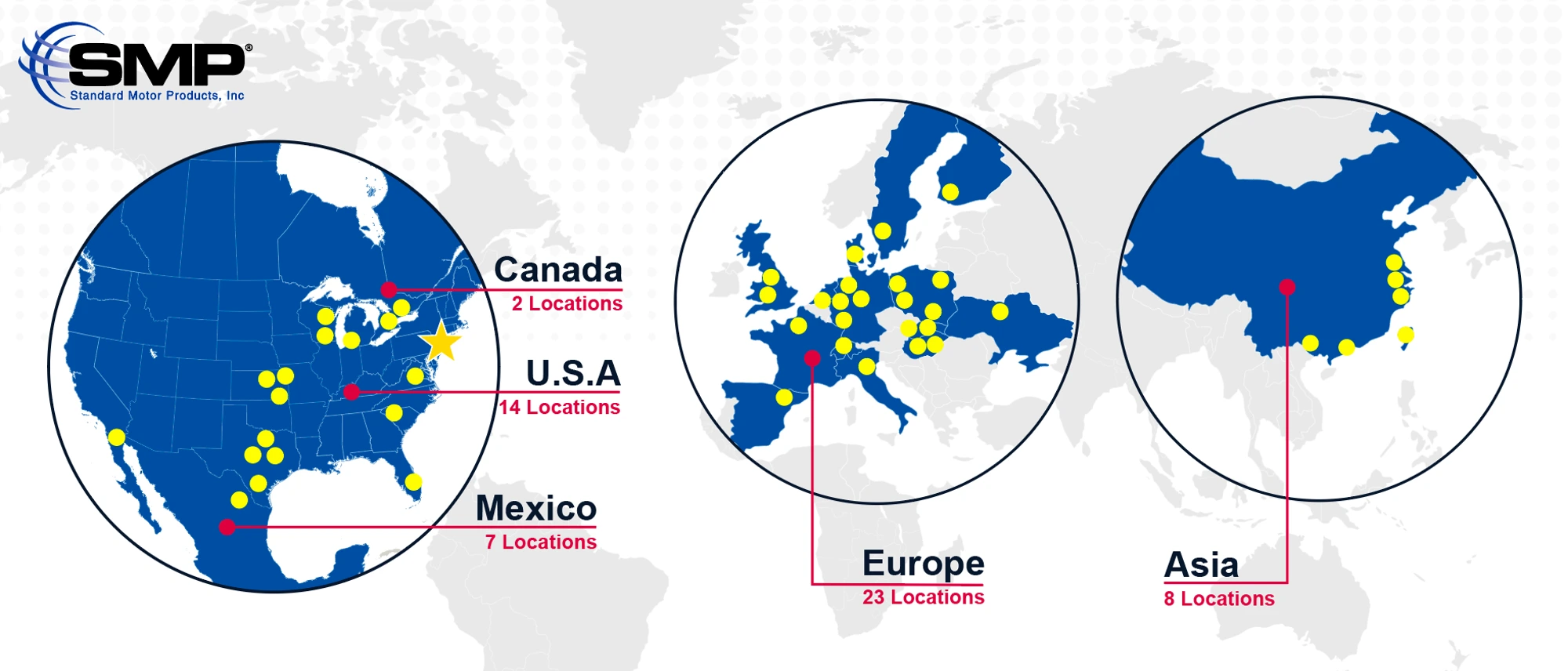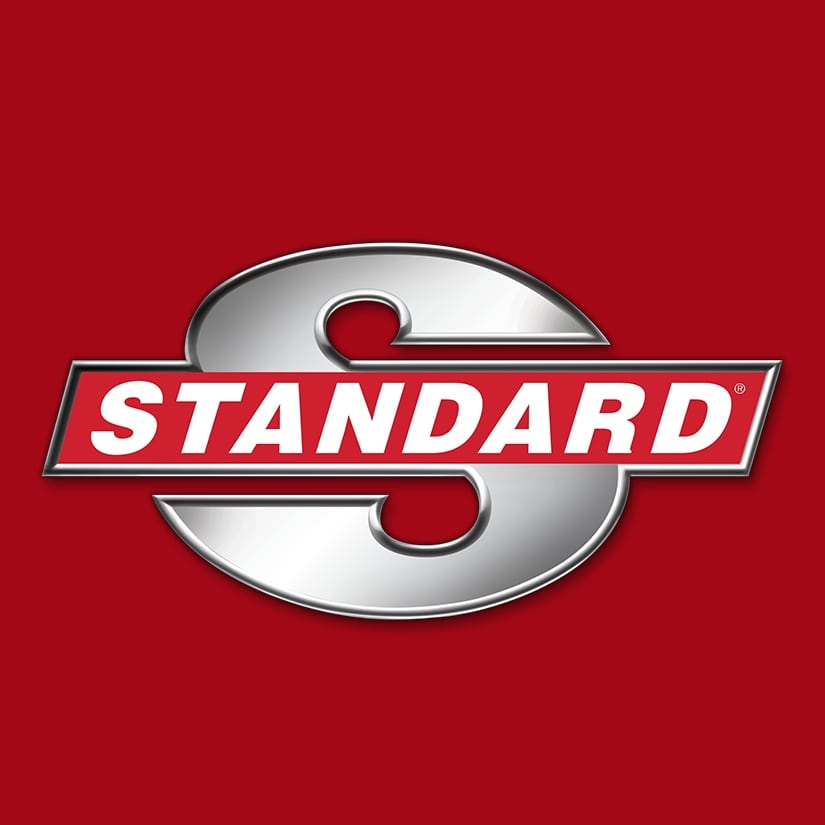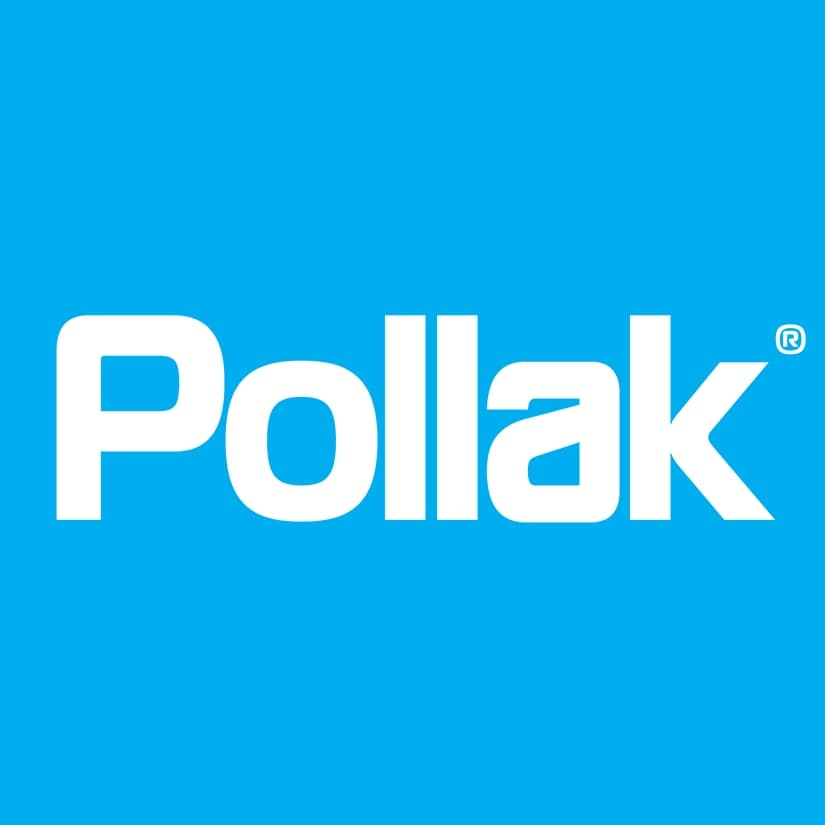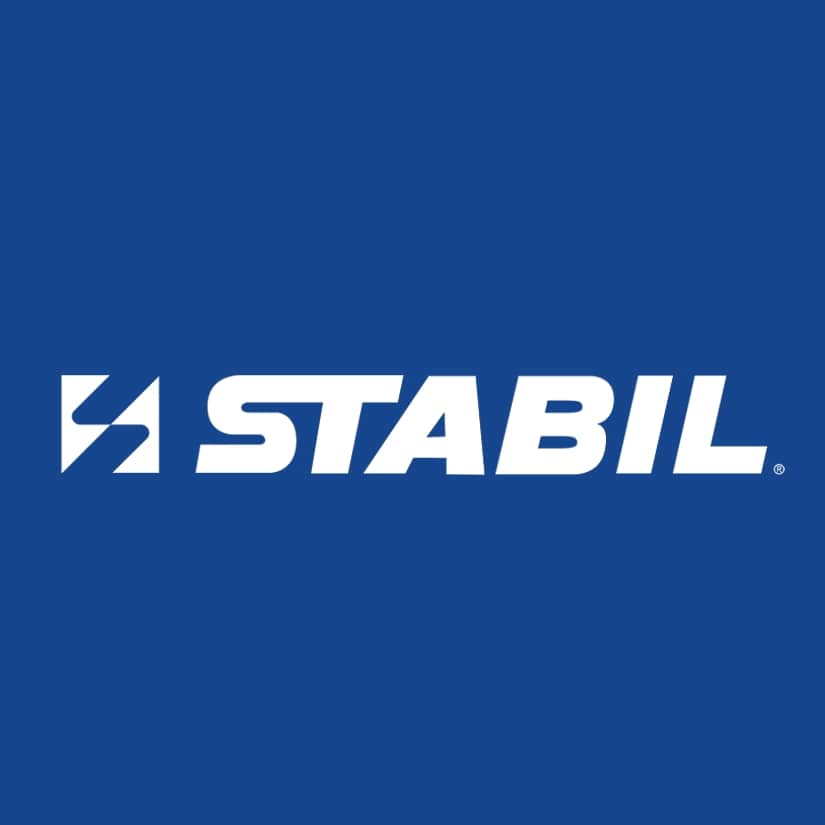What's in Your Box?™
Emission Control Program
With our expertise and manufacturing processes in place, Standard® offers high-quality parts for all major emission and evaporative emission control systems. We delivers the comprehensive coverage for domestic and import vehicles that professional technicians need to keep cars running clean.
3 Things To Know
1,300+ Critical EVAP Components
Standard® offers more than 1,300 critical EVAP components for import and domestic applications.
1,800+ EGR and Crankcase Products
Standard® also offers more than 1,800 products for crankcase and exhaust gas recirculation (EGR) emissions.
Precision Engineered
Standard's emission control components are precision-engineered and tested for durability and OE-matching performance.
Standard® has Emission Control Covered
Coverage
Comprehensive Coverage
With an ever-growing population and hundred of millions of
vehicles already on the road, service opportunities for ICE and hybrid
emission systems will continue to grow. Standard® offers thousands of
primary and related replacement emission components for import and domestic vehicles.
- Standard® offers components for complete emission system replacement on all five 2019 Ford F-150 powertrains.

Market
Growing Market
It is estimated that the U.S. is responsible for more than 50% of global vehicle emissions. In 2021, the Environmental Protection Agency (EPA) finalized new vehicle emission standards to help further reduce greenhouse gas emissions.
New legislature will have little impact if the vehicles already on the road are not maintained correctly. Keeping vehicle emissions low by maintaining the emission control system with the right components is good business, and good for the planet.
- Since the 1970s, EVAP has been mandated for all gasoline-powered cars and trucks.
Projected Industry CO2 Compliance Targets
Model Year
Cars CO2
(g/mile)
Light Trucks CO2
(g/mile)
Fleet CO2
(g/mile)
2022
181
261
224
2023
166
261
224
2024
158
222
292
2025
149
207
179
2026
132
187
161
Total Change
(2022-2026)
-49
-79
-63
Service Opportunities
Service Opportunities
Standard’s EGV827 EGR valve is specifically designed for the 5.7L V8 engine found in 2010-03 Chrysler, Jeep, and Dodge vehicles. This precision-manufactured EGR valve also includes both gaskets so that a complete replacement of the commonly failed OE EGR valve can be performed.
- EGR valves operate under extreme temperatures. These conditions can lead to accelerated carbon buildup and increased stress on the valve components, potentially causing premature failure.
EGV827
Chrysler / Dodge / Jeep
Cars, Trucks, and SUVs
(2010-03)
The Standard® EGV827 is a direct-fit replacement for the original, offering long-lasting durability.
Engineering & Design
Engineering
Standard’s emission control components are designed and precision-engineered for durability and OE-matching performance. In an effort to help keep vehicles running clean, Standard® engineers develop more durable, longer-lasting components. Standard® emission components are developed in our North American facilities in New York, South Carolina and Kansas, ensuring the most reliable and best-performing products on the market.
- Standard® EGR Valves are engineered and tested at our Long Island City, New York location.
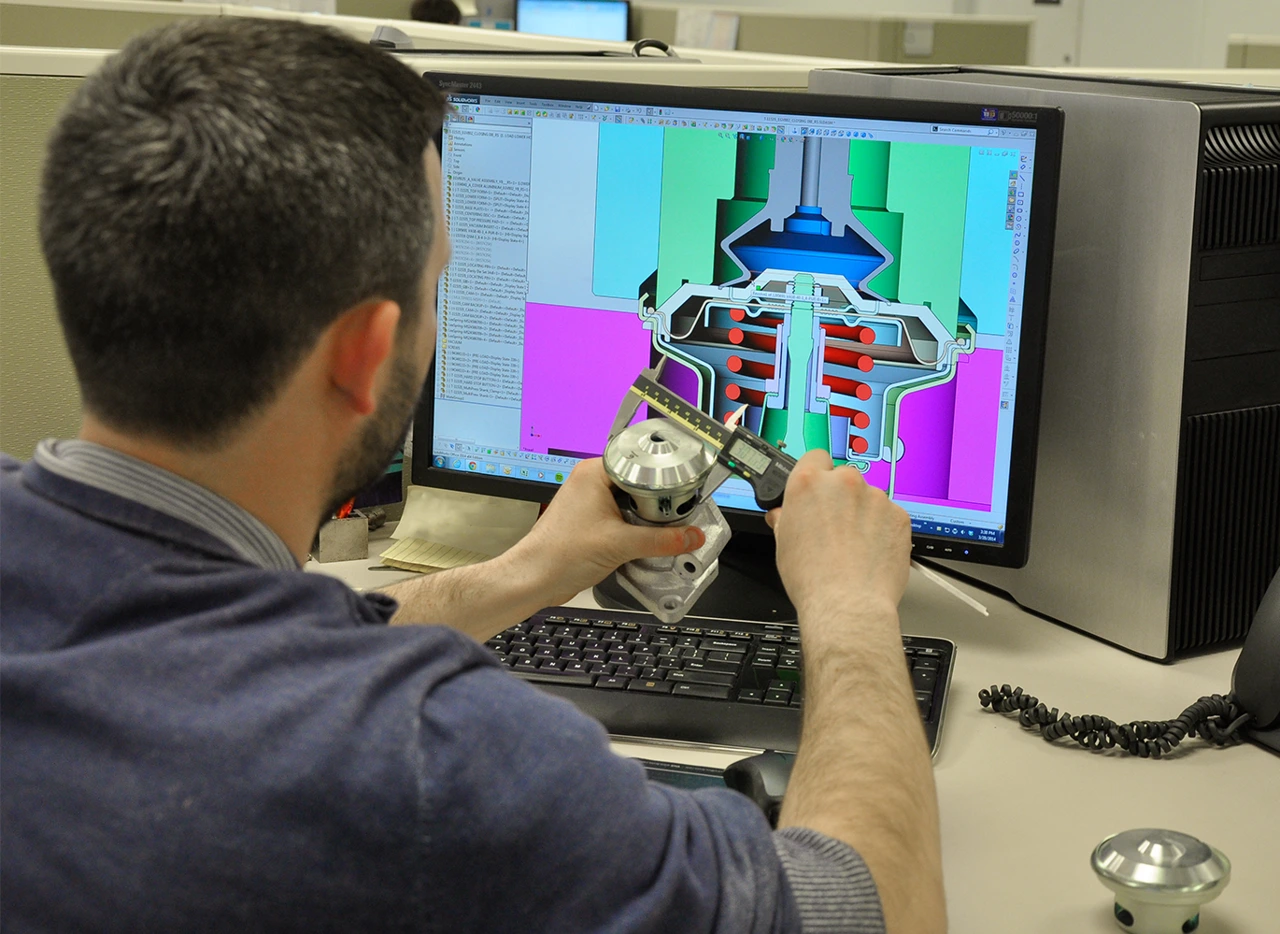
Manufacturing
Precision Manufacturing
We are an expert manufacturer with 19 facilities around the world. Emission components are manufactured in our Greenville, SC, Independence, KS, and Reynosa, Mexico plants. Starting with raw materials, we validate and control the entire process from start to finish to ensure quality and performance.
- SMP facilities hold IATF 16949, ISO 9001 and ISO 14001 certifications. These certifications guarantee a high-quality, reliable component in every box.
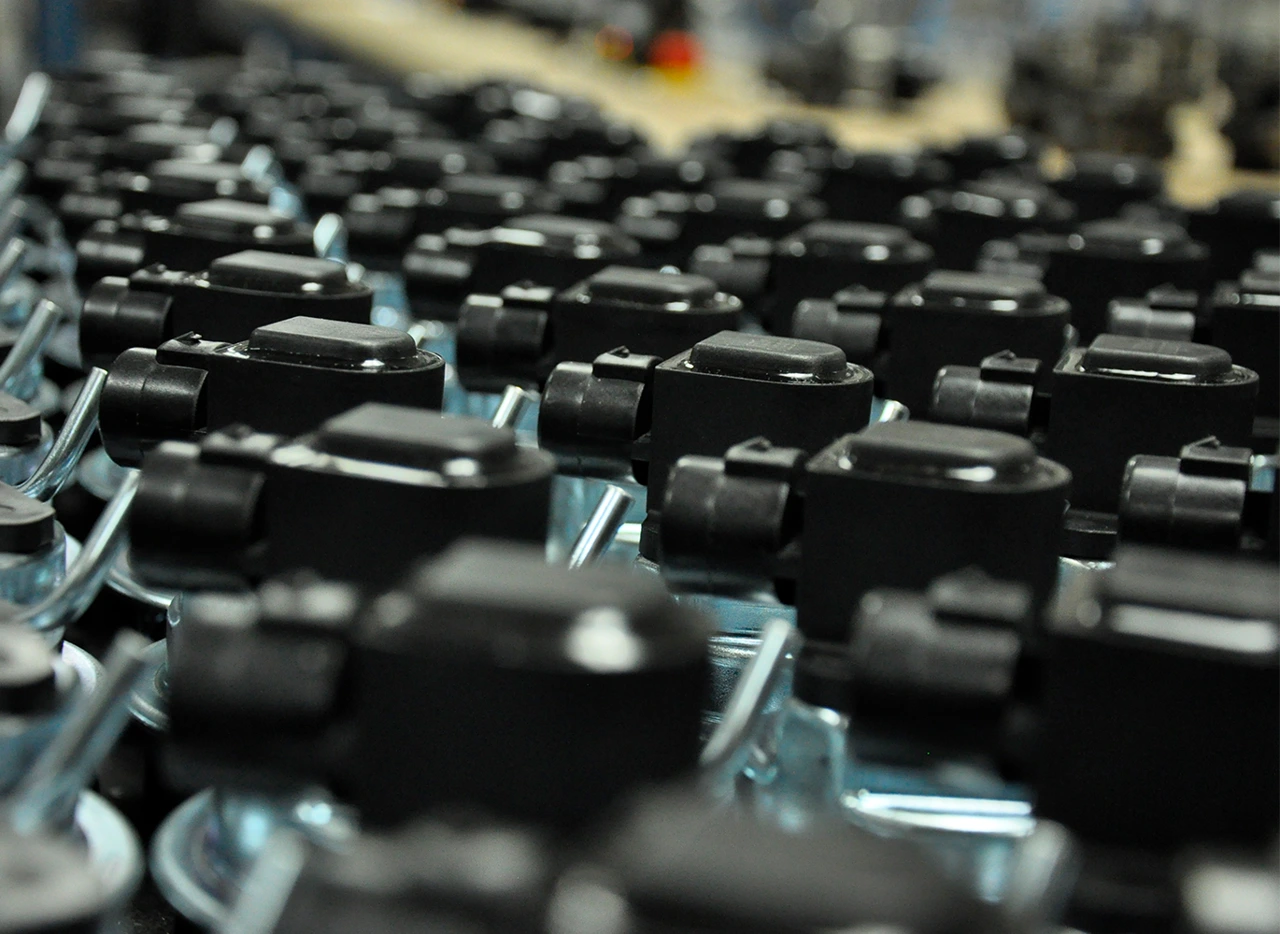
Testing & Validation
Testing & Validation
Standard® parts undergo rigorous lab testing such as performance
benchmarking, product life-cycle testing and end-of-line testing.
Processes are component-specific and always thorough. For example, Standard® Canister Purge Solenoids go through a barrage of tests including accelerated wear, thermal cycling, thermal shock, salt fog, vibration, and drop testing.
Additionally, new products are installed and tested on vehicles at
our Vehicle Testing Center in Irving, Texas. This facility is responsible for validating the performance of new products before they are released.
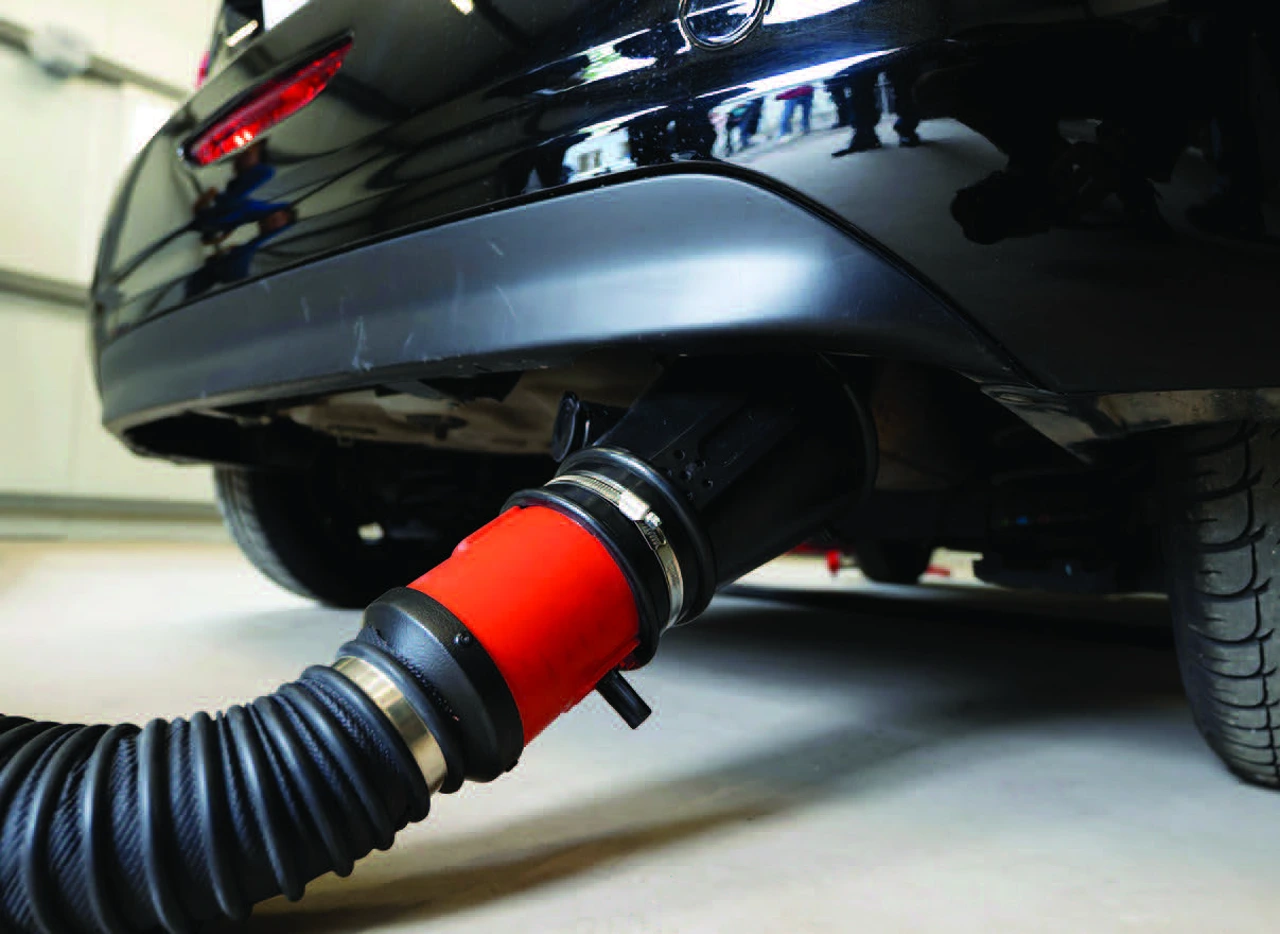
Emission Control Program Categories
Technicians look to Standard® for the parts required to do the job right. From Fuel Vapor Canisters to EGR Tubes, Standard® has the parts needed to repair Emission Systems correctly the first time.
Air Pumps
Features & Benefits
Air pumps pump clean air into the exhaust stream, promoting a cleaner burn before fumes exit the tailpipe. Injecting clean air into the system reduces the amount of hydrocarbon pollutants produced. Each Standard® Air Pump is a direct-fit replacement to ensure proper performance and clean emissions.
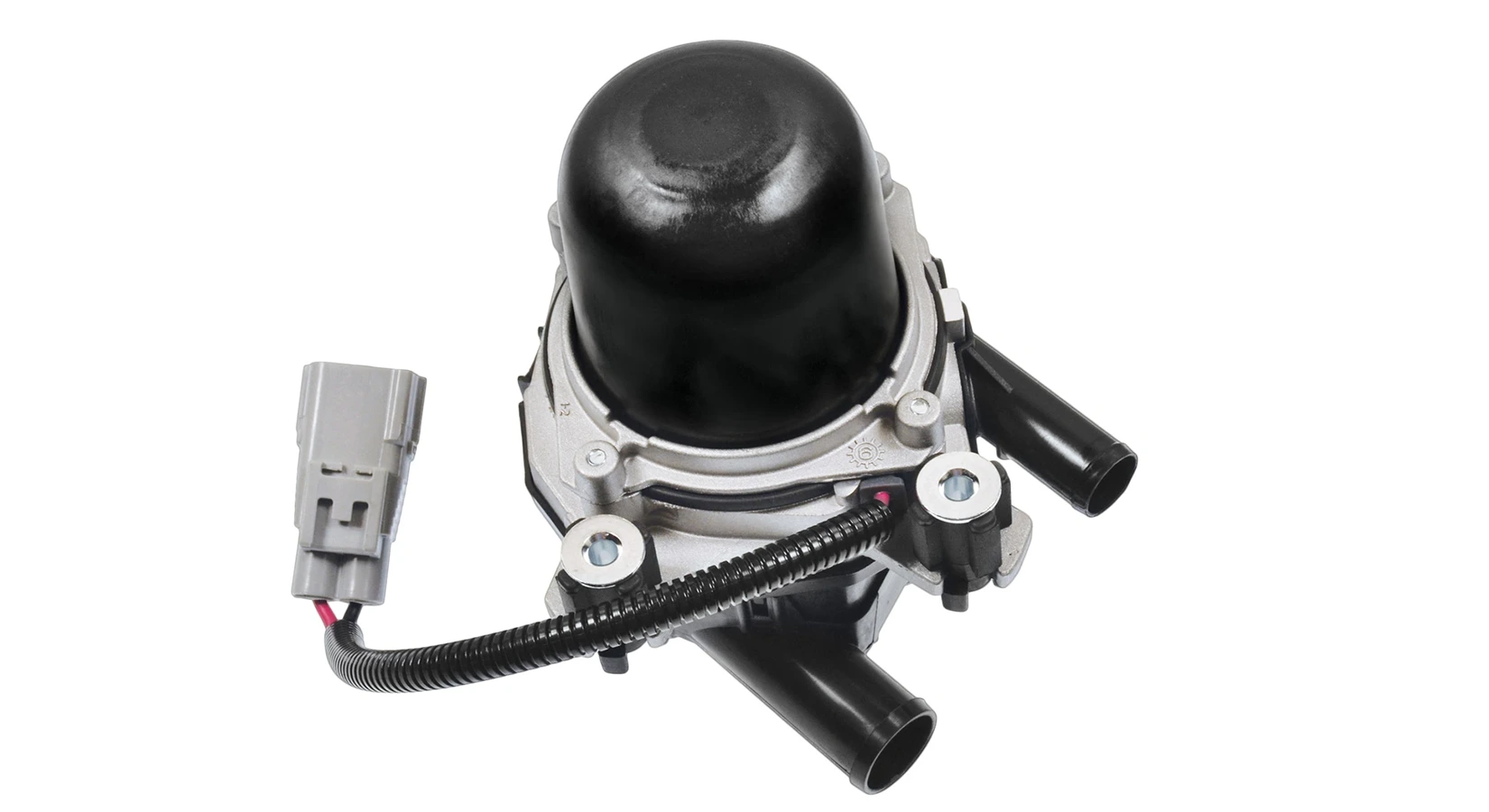
OE-Matching Connectors
Ensure exact-fit connection to engine wiring harness
Precision Engineering
Internal design prevents back-flow of exhaust gas into the air pump or environment
Heavy-Duty Housing
Steel-alloy housing withstands extreme operating temperatures, extending service life
High-Grade Bushings
Rubber mounting bushings withstand vibration and protect against shock
AIP27 | Toyota / Lexus Trucks & SUVs (2015-04)
Air Pump Listings
Diesel Emissions
DEF Heaters
Features & Benefits
When diesel exhaust fluid is cold or freezing, it is difficult to pump through the system. DEF heaters maintain optimum temperature so that it can easily flow through the lines and pump. Each Standard® DEF Heater is designed and manufactured to precise specifications to provide long-term reliability.
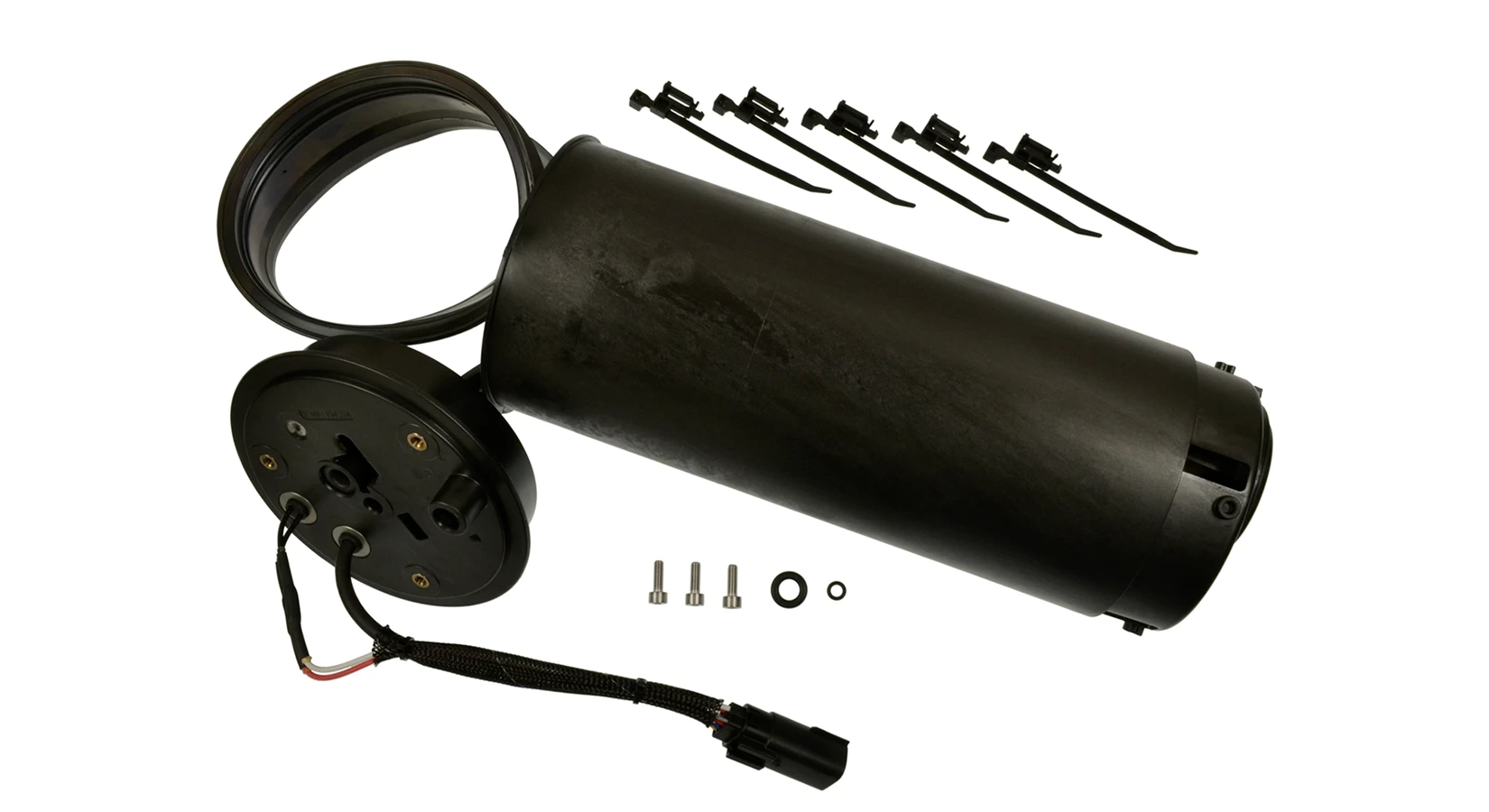
OE-Matching Connectors
Ensure exact-fit connection to engine wiring harness
Includes Required Hardware
For ease of installation and an all-inclusive replacement
Precision Engineering
Designed and manufactured to precise specifications to maintain correct fluid temperature
EFH201 | Ford F-250 / F-350 Super Duty (2016-11)
DEF Heater and Related Videos
The StandardBrand YouTube Emission Control playlist features product and technical information, installation videos, training videos and more. With more than 650 videos (and growing), the StandardBrand YouTube channel has proven to be a valuable resource for technicians and parts professionals alike.
2012 Ford F250 Power Stroke DEF Heater Quick Test | Tech Tip
6.7L DEF / Debris Decontamination Tips & Best Practices
DEF Quantity Testing | Tech Tip
DEF Heater Listings
DEF Injection Nozzles
Features & Benefits
DEF injection nozzles inject diesel exhaust fluid into the exhaust upstream of a catalyst. Standard® DEF Injection Nozzles feature precision wound and trimmed solenoid windings which allow for long-term reliability and efficient delivery of diesel exhaust fluid into the exhaust system.
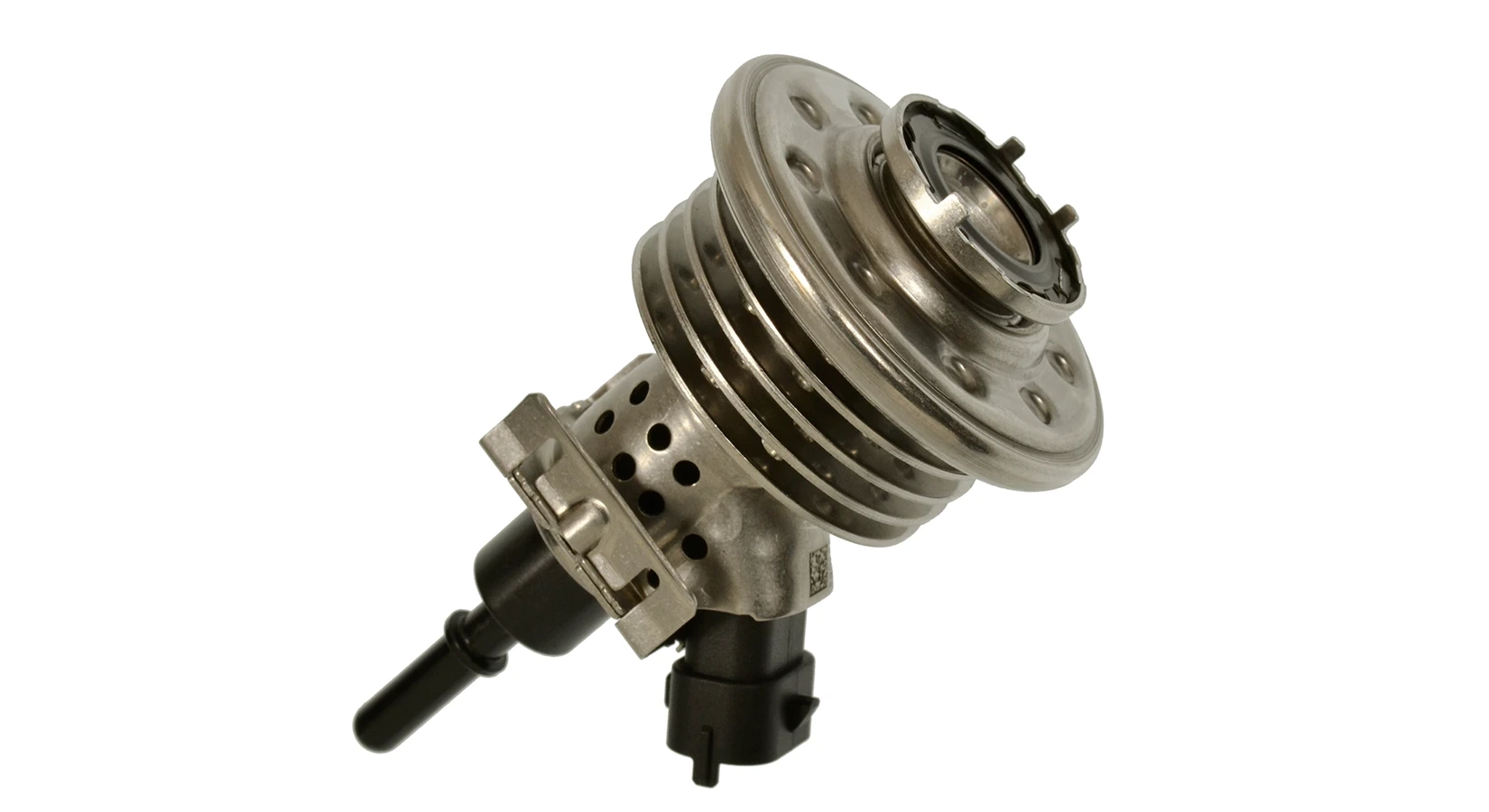
Efficient DEF Delivery
Precision wound and trimmed solenoid windings allow reliable and accurate delivery of diesel exhaust fluid into the exhaust
Precision Engineering
Engineered and tested to match the original spray pattern and atomization for maximum efficiency
Heat Resistant
High-grade material resists extreme exhaust heat to ensure performance during vehicle operation
DFI5 | BMW 335d & X5 (2013-10)
DEF Injection Nozzle and Related Videos
The StandardBrand YouTube Emission Control playlist features product and technical information, installation videos, training videos and more. With more than 650 videos (and growing), the StandardBrand YouTube channel has proven to be a valuable resource for technicians and parts professionals alike.
Duramax DEF Injector Replacement | Installation Spotlight
6.7L DEF / Debris Decontamination Tips & Best Practices
DEF Quantity Testing | Tech Tip
DEF Injection Nozzle Listings
Diesel Emissions Fluid Pumps
Features & Benefits
Diesel exhaust fluid (DEF) pumps are designed to transfer DEF from the tank to the DEF injection nozzle. Standard® DEF Pumps feature internal components that are precision manufactured to meet OEM specifications and maintain optimal pressure for the DEF injector.
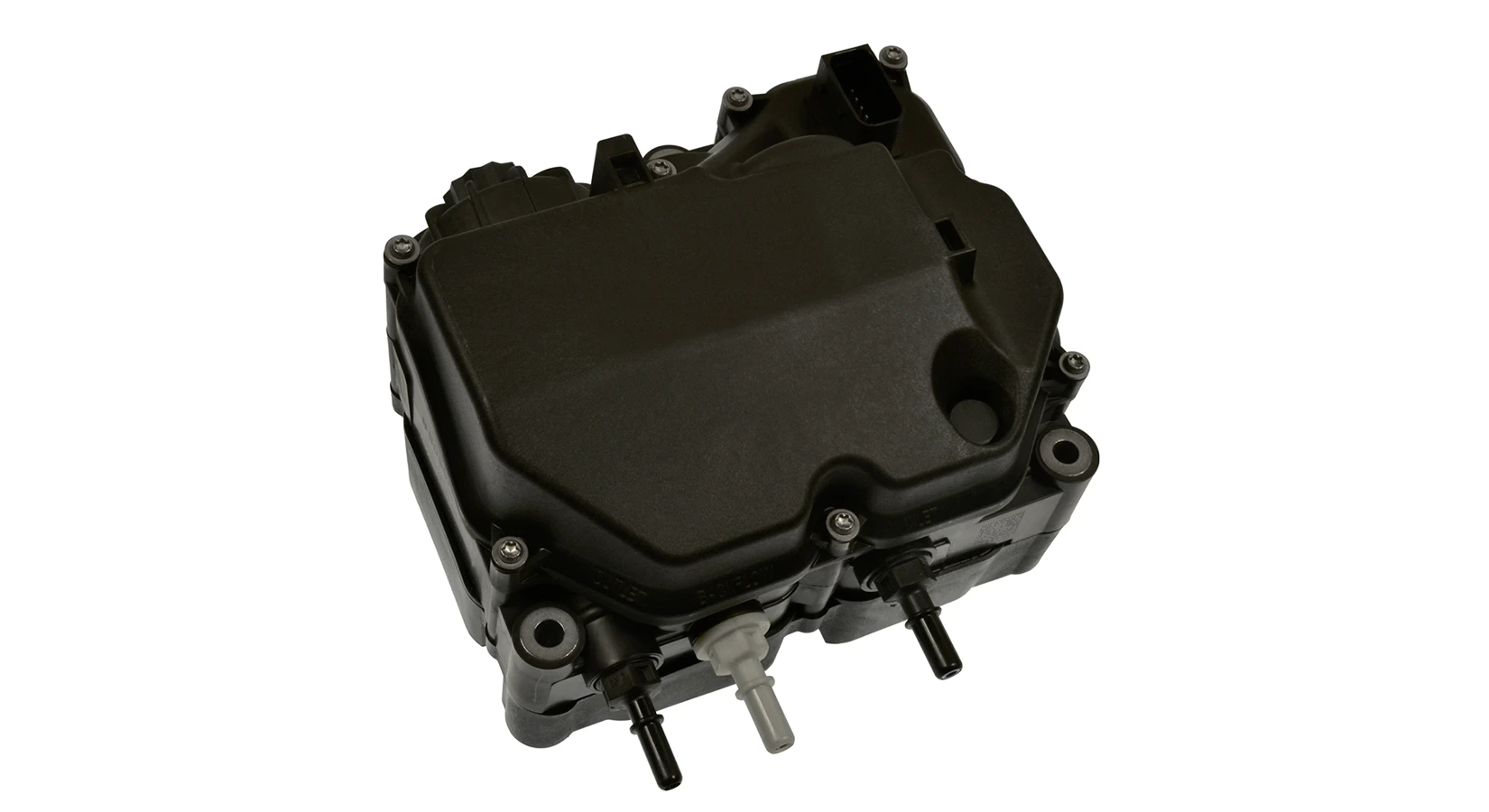
Heavy-Duty Design
High-temperature materials provide long-lasting operation in the most demanding conditions
Precision Engineering
Designed to meet OEM specification and maintain optimal performance during vehicle operation
OE-Matching Fitting
Quick disconnect fittings ensure exact fit and fast installation
DFIP5 | RAM 4500 / 5500 Trucks (2012-11)
DEF Pump and Related Videos
The StandardBrand YouTube Emission Control playlist features product and technical information, installation videos, training videos and more. With more than 650 videos (and growing), the StandardBrand YouTube channel has proven to be a valuable resource for technicians and parts professionals alike.
RAM DEF Pump Installation
Diesel Exhaust Fluid Tip
Diesel Exhaust Fluid Testing
DEF Pump Listings
EGR Coolers
Features & Benefits
EGR coolers cool the recirculated exhaust gasses, which are used to lower combustion temperatures. These lower combustion temperatures reduce pollutant-forming chemical reactions. Standard® EGR Coolers are 100% new, not manufactured, and are designed to efficiently lower EGR temperatures, cooling combustion and increasing the life expectancy of the EGR valve, engine valves, and head gaskets.
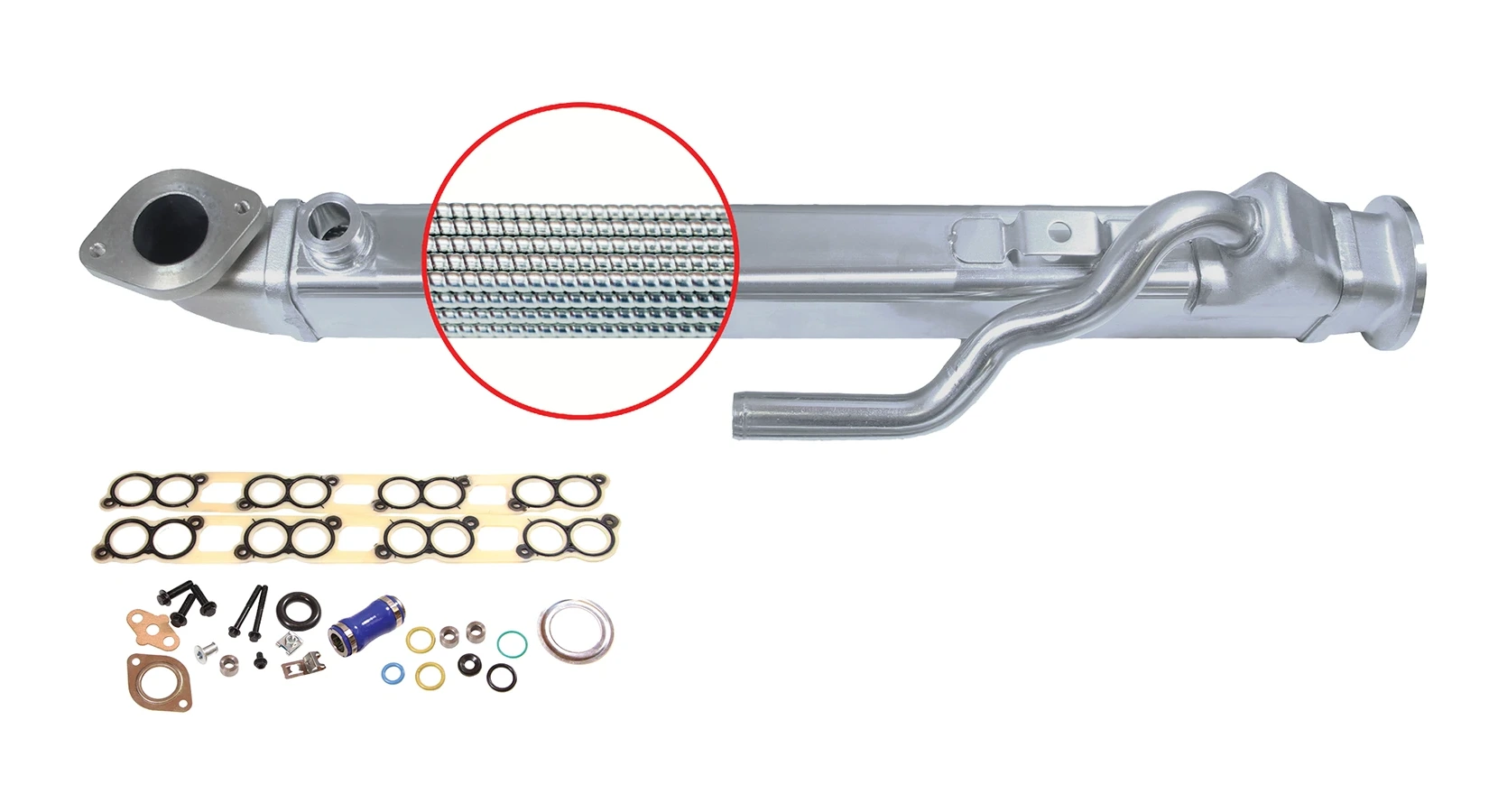
Precision Engineering
Upgraded 20 spiral tube design provides OE-matching cooling efficiency while preventing clogging and leaking
Complete Kit
Comes with intake manifold gaskets, seals, and hardware for a complete EGR cooler install
Corrosion-Resistant
Stainless steel construction maximizes corrosion resistance
ECK1 | Ford Super Duty Trucks (2010-04)
EGR Cooler and Related Videos
The StandardBrand YouTube Emission Control playlist features product and technical information, installation videos, training videos and more. With more than 650 videos (and growing), the StandardBrand YouTube channel has proven to be a valuable resource for technicians and parts professionals alike.
Three Things to Know: ECK1 - Diesel EGR Cooler Kit
6.6L EGR Valve and Cooler Tips & Best Practices
6.0L Powerstroke EGR Cooler Replacement
Diesel EGR Cooler Listings
NOx Sensors
Features & Benefits
NOx sensors monitor the level of nitrogen oxide being emitted by a diesel vehicle to ensure compliance with emissions regulations. Each Standard® NOx Sensor is subjected to extensive testing and validation for proper performance and peak reliability.
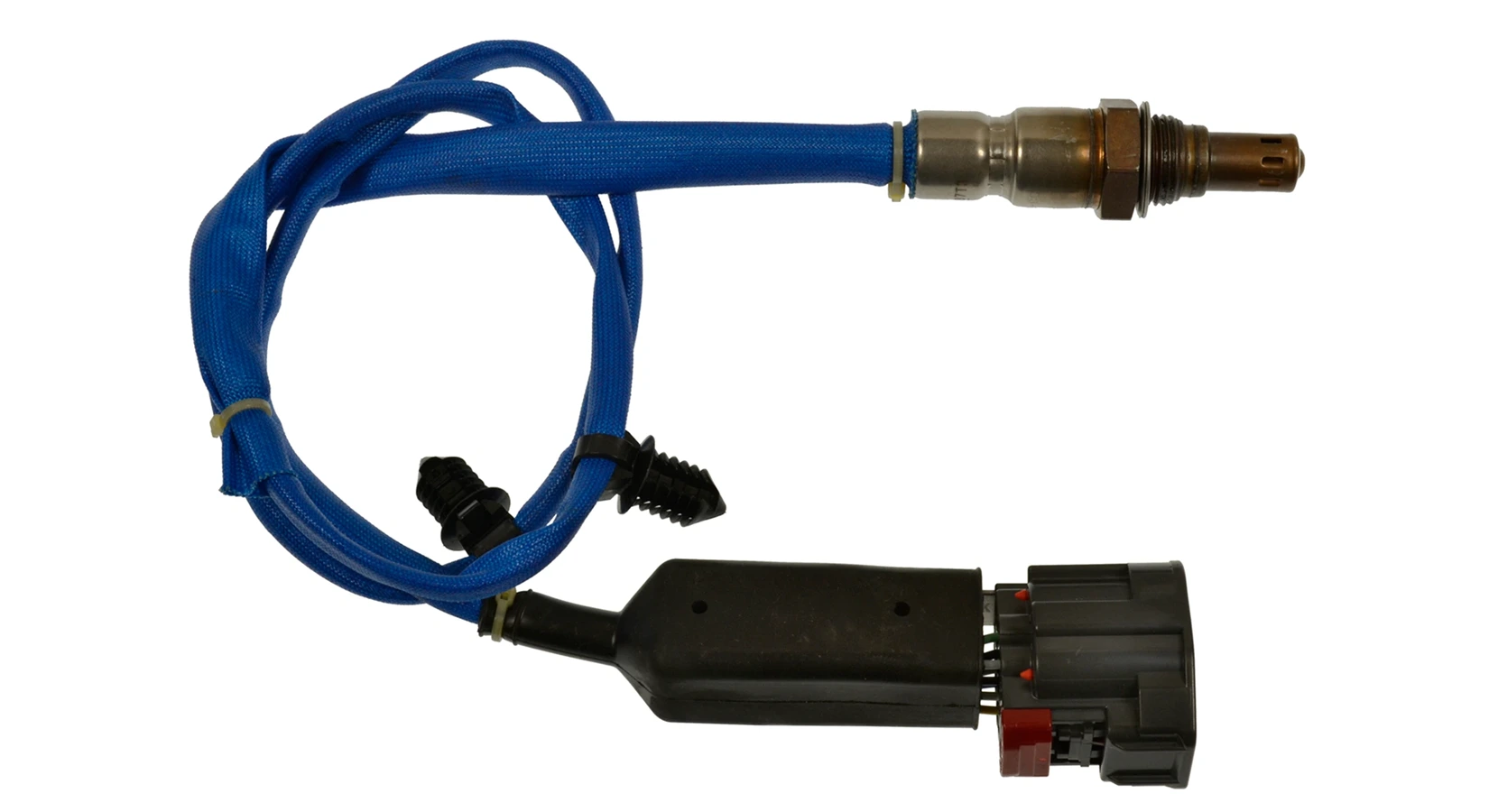
Tested and Validated
Extensive testing ensures proper performance and long-term reliability
Heavy-Duty Design
Temperature-resistant sleeve provides long-lasting operation in the most demanding conditions
Precise Fit
Factory-installed grommets and wire clips ensure proper mounting during installation
OE-Matching Connectors
Ensure exact-fit connection to engine wiring harness
NOX009 | Ford F-250 / F-350 (2016-13)
Nitrogen Oxide Sensor and Related Videos
The StandardBrand YouTube Emission Control playlist features product and technical information, installation videos, training videos and more. With more than 650 videos (and growing), the StandardBrand YouTube channel has proven to be a valuable resource for technicians and parts professionals alike.
NOx Sensor Tips
Rear NOx Sensor Replacement
Emission Control | Standard WIYB Training Series
Diesel Nitrogen Oxide Sensor Listings
System Overview
System Overview
Diesel emission systems are made up of numerous parts all working together to do one thing: chemically convert and reduce harmful gasses so that the vehicle meets emission regulations.
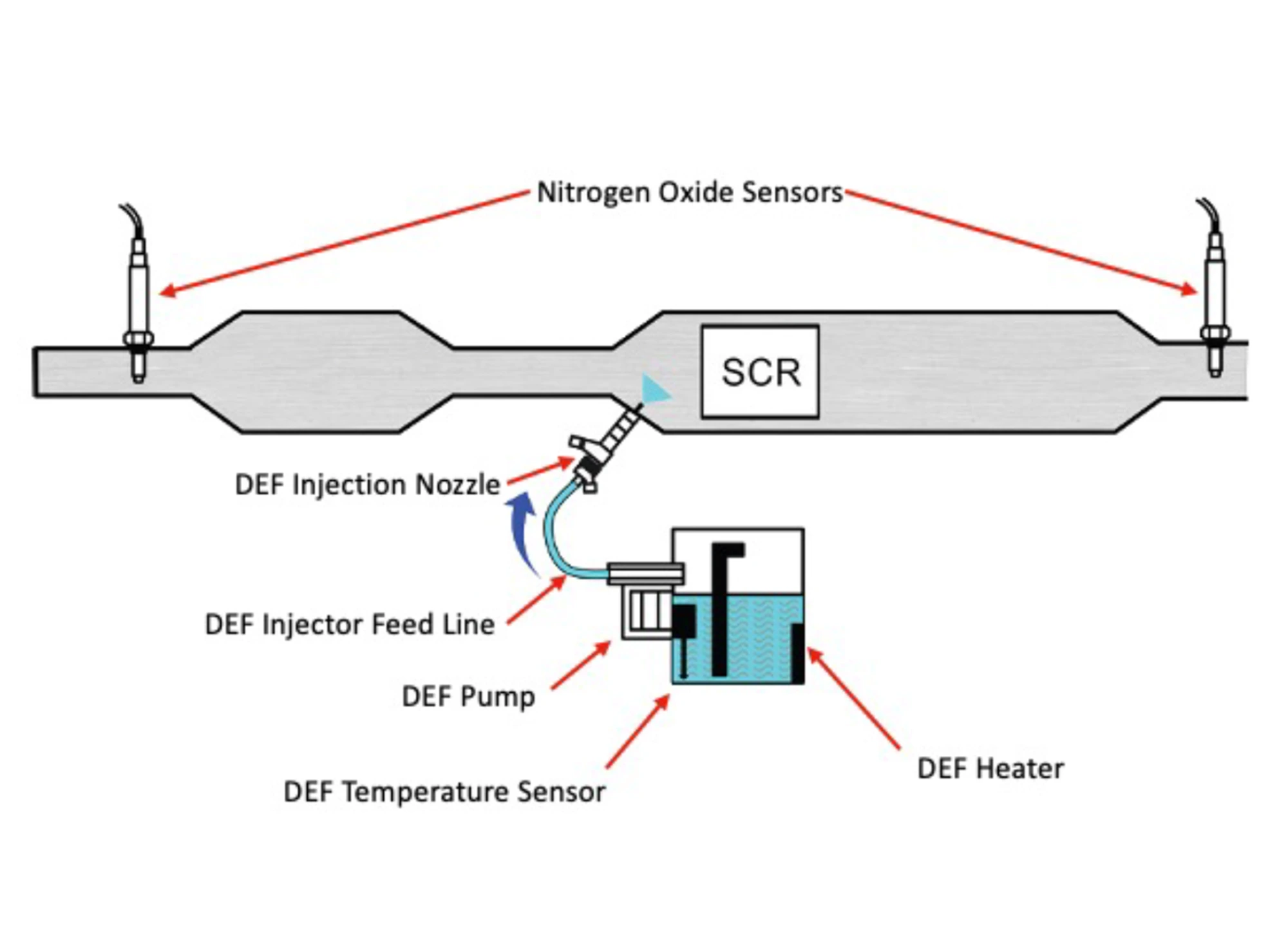
Crankcase Ventilation
Crankcase Breather Hoses
Features & Benefits
Crankcase breather hoses connect the crankcase to the air intake system and vent engine blow-by fumes from the crankcase. Standard® Crankcase Breather Hoses are constructed using high-temperature-resistant materials and OE-style fittings to ensure proper performance and easy installation.
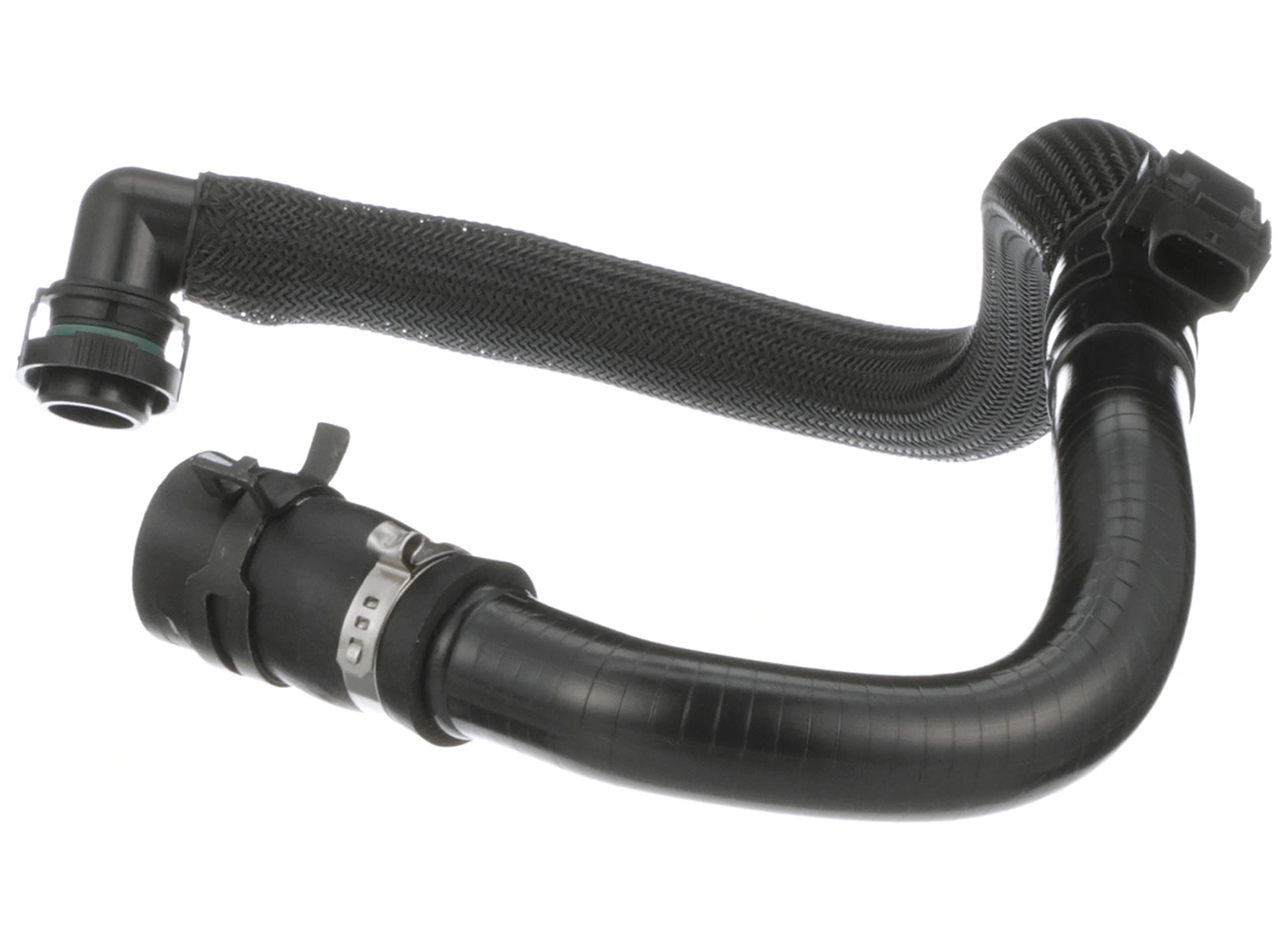
OE-Matching Hose Connectors
Provide a fast and seamless installation
Protective Sleeve
Pre-installed sleeve protects the hose from heat and abrasion
Includes New Pressure Sensor
For a complete and comprehensive repair
Precision Engineering
Made to correct vacuum leaks caused by cracked or damaged OE units
V631 | Ford Escape (2019-17)
Crankcase Breather Hose and Related Videos
The StandardBrand YouTube Emission Control playlist features product and technical information, installation videos, training videos and more. With more than 650 videos (and growing), the StandardBrand YouTube channel has proven to be a valuable resource for technicians and parts professionals alike.
Understanding Modern Crankcase Ventilation Systems | Pro Training PowerHour
Dodge Durango Crankcase Ventilation Filter Replacement
Standard Emission Control Program
Crankcase Breather Hose Listings
Engine Oil Separators
Features & Benefits
Engine oil separators stop oil from recirculating into the cylinders, preventing carbon build up. Standard® Engine Oil Separators are designed to match the OE function of air and oil separation to reduce carbon build-up and maintain engine efficiency.
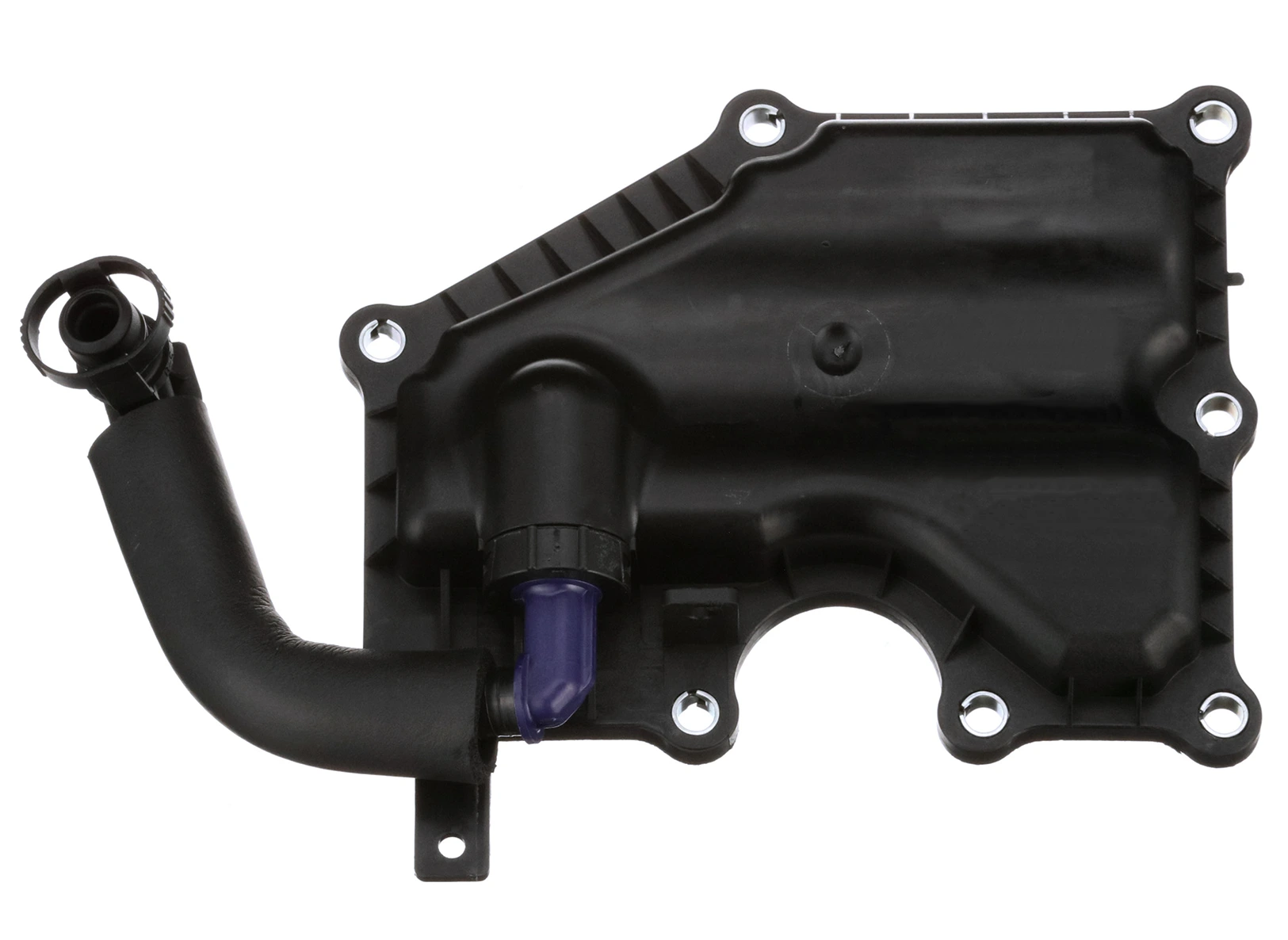
OE-Matching Fittings
Quick disconnect fittings ensure exact fit and fast installation
Foam Hose Insulator
Protects plastic hose from under-hood temperatures
Complete Assembly
Includes preinstalled PCV and connecting hose
Direct-fit OE Replacement
Ensures ease of installation out of the box
EOS15 | Ford Cars & SUVs (2022-09)
Engine Oil Separator and Related Videos
The StandardBrand YouTube Emission Control playlist features product and technical information, installation videos, training videos and more. With more than 650 videos (and growing), the StandardBrand YouTube channel has proven to be a valuable resource for technicians and parts professionals alike.
Standard Emission Control Program
Understanding Modern Crankcase Ventilation Systems | Pro Training PowerHour
Dodge Durango Crankcase Ventilation Filter Replacement
Engine Oil Separator Listings
PCV Valves
Features & Benefits
PCV valves reroute positive pressure produced by the crankcase back into the engine’s combustion chambers via the intake manifold. Standard® PCV Valves are engineered and tested to ensure proper performance and long-lasting durability.
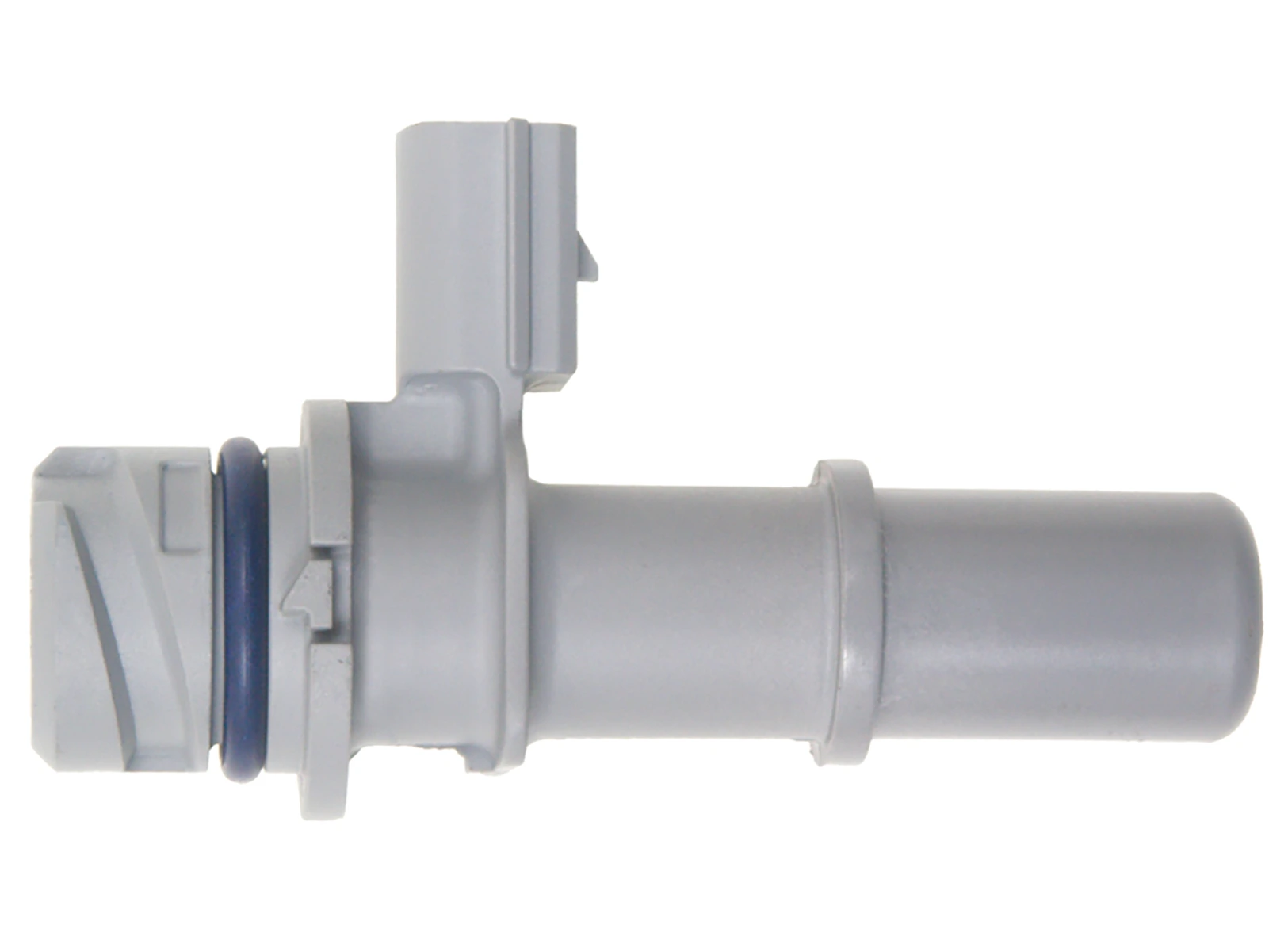
OE-Matching O-Ring
Provides a precise fit and prevents crankcase leaks
Includes Heating Element
Which heats the valve to keep it from freezing in cold temperatures
OE-Matching Hose Connector
Ensures exact fit and fast installation
V391 | Ford Cars & Trucks (2010-04)
PCV Valves and Related Videos
The StandardBrand YouTube Emission Control playlist features product and technical information, installation videos, training videos and more. With more than 650 videos (and growing), the StandardBrand YouTube channel has proven to be a valuable resource for technicians and parts professionals alike.
Chevy Cruze EVAP Canister Purge Solenoid Replacement
Chevy Cruze PCV Hose Assembly Replacement
PCV Tech Tips
PCV Valves Listings
System Overview
System Overview
Crankcase ventilation systems route blow-by gases from the crankcase through the PCV valve to the intake manifold and/or air intake, then into the combustion chamber where they burned off in the combustion cycle.
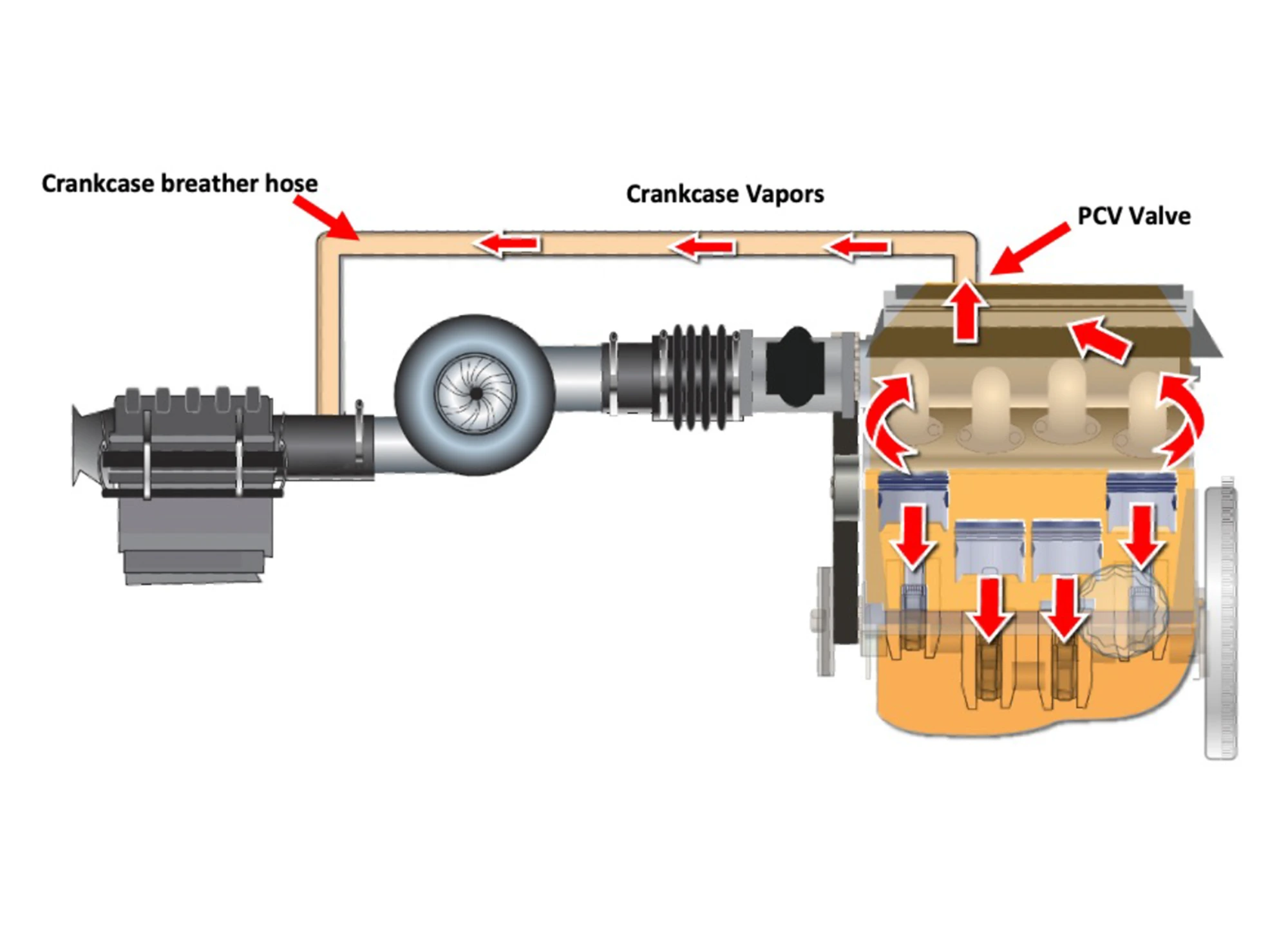
EGR Components
EGR Control Solenoids
Features & Benefits
EGR control solenoids control the flow of recirculated exhaust gasses to the intake manifold. Each Standard® EGR Control Solenoid is made with the finest components for long-term reliable operation.
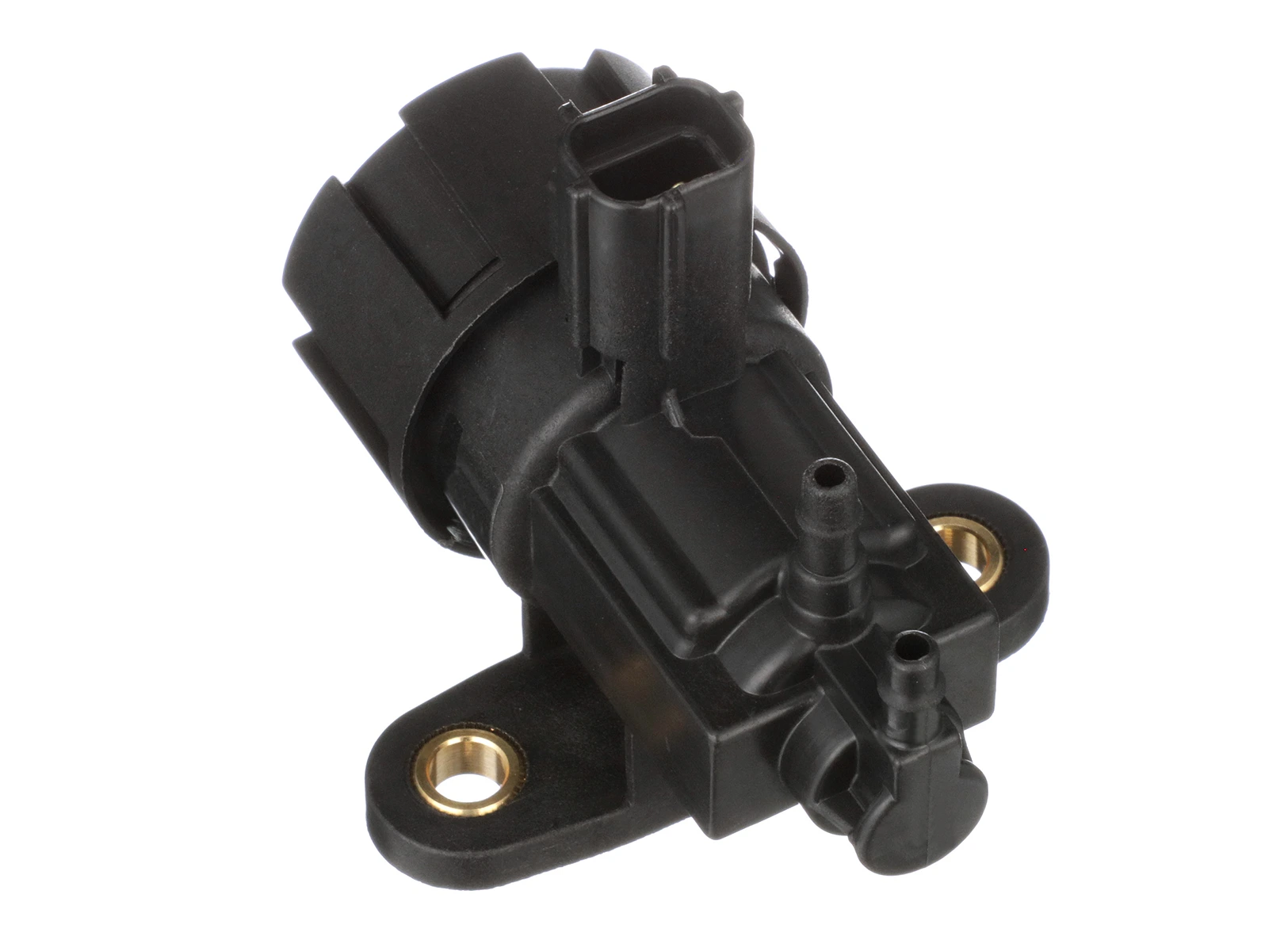
Precision Engineering
Press-fit brass bushing prevents cracking
Heavy-Duty Design
High-temperature synthetic housing provides long-lasting operation in the most demanding conditions
OE-Matching Connectors
Ensure exact-fit connection to engine wiring harness
VS63 | Ford Trucks & SUVs (2008-96)
EGR Control Solenoids and Related Videos
The StandardBrand YouTube Emission Control playlist features product and technical information, installation videos, training videos and more. With more than 650 videos (and growing), the StandardBrand YouTube channel has proven to be a valuable resource for technicians and parts professionals alike.
Emission Control | Standard WIYB Training Series
Standard Emission Control Program
GM 4.3 Liter EGR Valve Replacement
EGR Control Solenoid Listings
EGR Position/Pressure Sensors
Features & Benefits
EGR pressure sensors detect exhaust gas flow through the EGR passage. Every Standard® EGR Pressure Sensor passes meticulous quality control to ensure that its voltage output measurement will always be accurate.
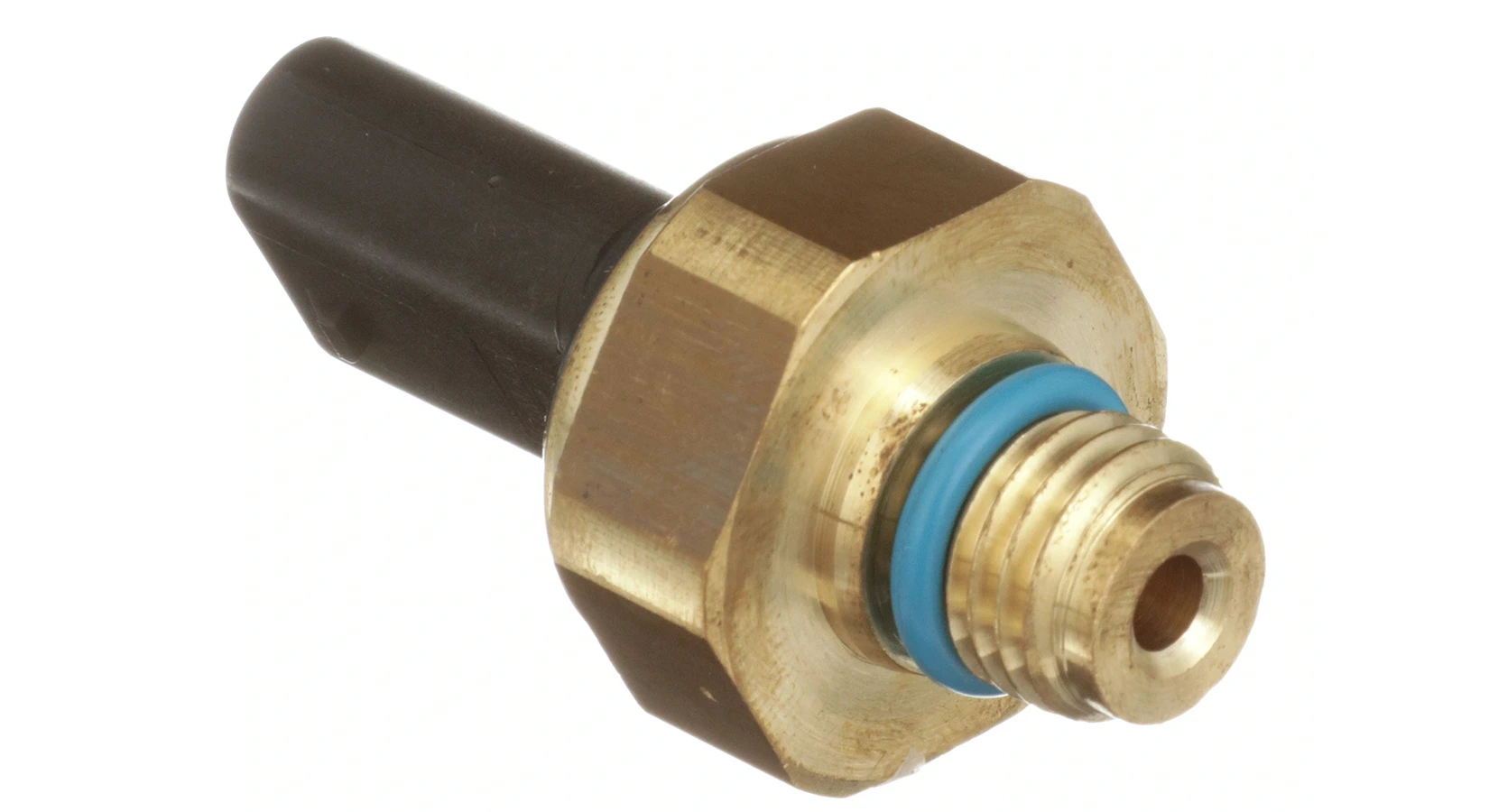
Direct-fit OE Replacement
Ensures ease of installation out of the box
Testing and Validation
Ensures proper performance and long-term reliability
OE-Matched O-Ring
Ensures precise fit and prevents exhaust leaks
VP39 | Ford / Lincoln Cars & SUVs (2021-18)
EGR Pressure Sensors and Related Videos
The StandardBrand YouTube Emission Control playlist features product and technical information, installation videos, training videos and more. With more than 650 videos (and growing), the StandardBrand YouTube channel has proven to be a valuable resource for technicians and parts professionals alike.
Emission Control | Standard WIYB Training Series
Standard Emission Control Program
Diesel Emissions | Pro Training PowerHour
EGR Pressure Sensor Listings
EGR Tubes
Features & Benefits
Exhaust gas recirculation (EGR) tubes direct exhaust gases from the exhaust manifold through the EGR system. Each Standard® EGR Tube is a direct-fit replacement that is manufactured using high-quality materials to ensure proper fit for ease of installation and OE-matching performance.
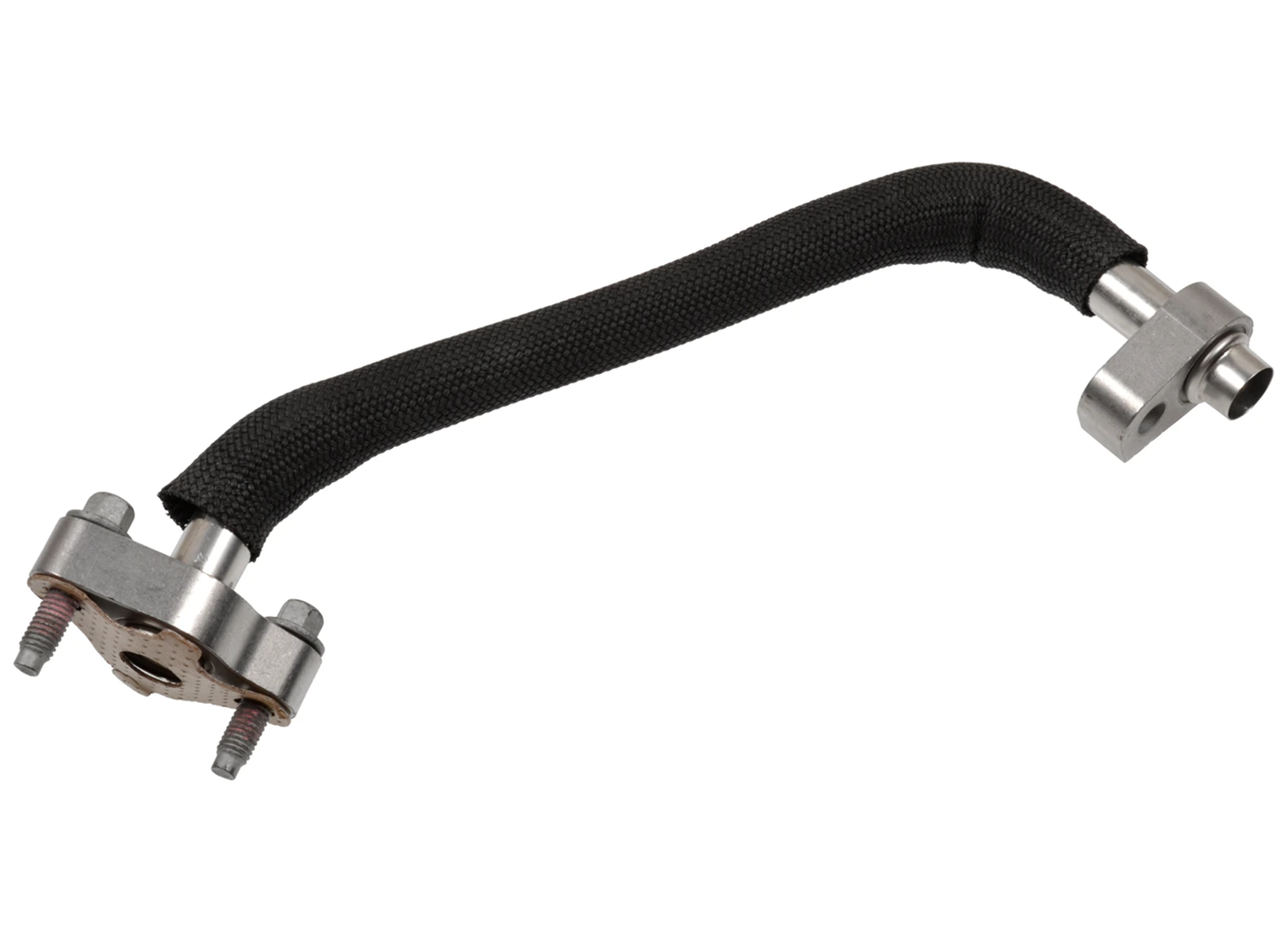
Gasket Included
For a comprehensive and complete repair
Protective Sleeve
Pre-installed sleeve protects the tube from heat and abrasion
Heavy-Duty Design
High-temperature materials provide long-lasting operation in the most demanding conditions
ETB59 | General Motors SUVs (2009-05)
EGR Tubes and Related Videos
The StandardBrand YouTube Emission Control playlist features product and technical information, installation videos, training videos and more. With more than 650 videos (and growing), the StandardBrand YouTube channel has proven to be a valuable resource for technicians and parts professionals alike.
Standard Emission Control Program
Emission Control | Standard WIYB Training Series
Diesel Emissions | Pro Training PowerHour
EGR Tube Listings
EGR Valves
Features & Benefits
EGR (exhaust gas recirculation) valves help maintain combustion chamber temperature in an effort to reduce the formation of nitrogen oxides (NOx). Each Standard® EGR Valve is built from industrial-grade materials for durability and calibrated to ensure precise operation. Standard® offers over 650 SKUs in this category, covering more than 120 million import and domestic vehicles in operation.
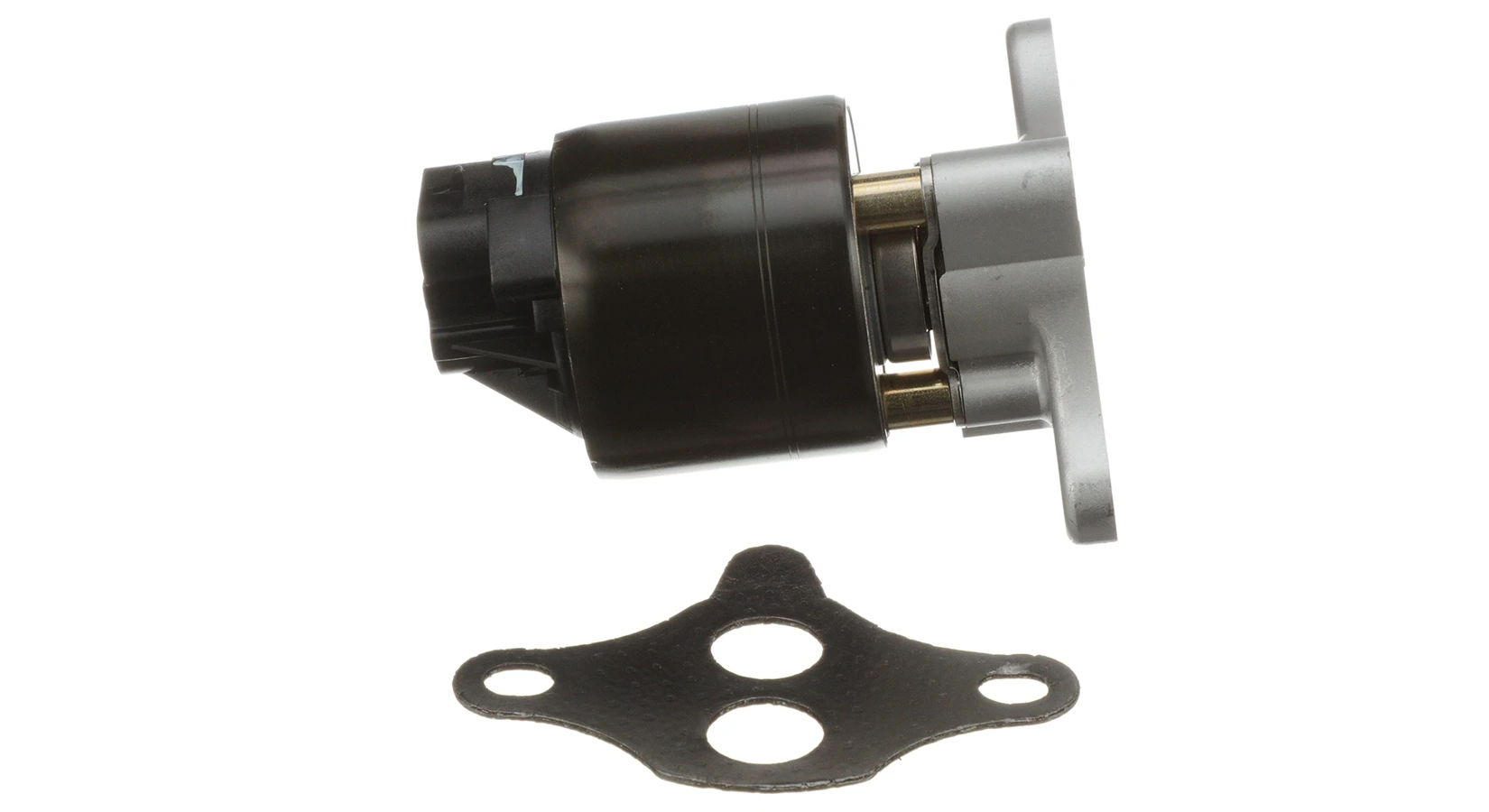
OE-Matching Connectors
Ensure exact-fit connection to engine wiring harness
Heavy-Duty Design
Stainless steel valve components ensure long-term durability
Anti-Rust Coating
Provides additional protection against rust for maximum life
EGR Gasket Included
For a comprehensive and complete repair
EGV589 | General Motors Cars, Trucks & SUVs (2005-93)
EGR Valve and Related Videos
The StandardBrand YouTube Emission Control playlist features product and technical information, installation videos, training videos and more. With more than 650 videos (and growing), the StandardBrand YouTube channel has proven to be a valuable resource for technicians and parts professionals alike.
Cummins 6.7 EGR Valve Replacement | Installation Spotlight
GM 4.3 Liter EGR Valve Replacement
6.6L EGR Valve and Cooler Tips & Best Practices
EGR Valve Listings
System Overview
System Overview
The exhaust gas recirculation system returns a small amount of exhaust gas into the intake. This helps lower the combustion temperatures resulting in reduced emissions, especially harmful nitrous oxide or NOx.
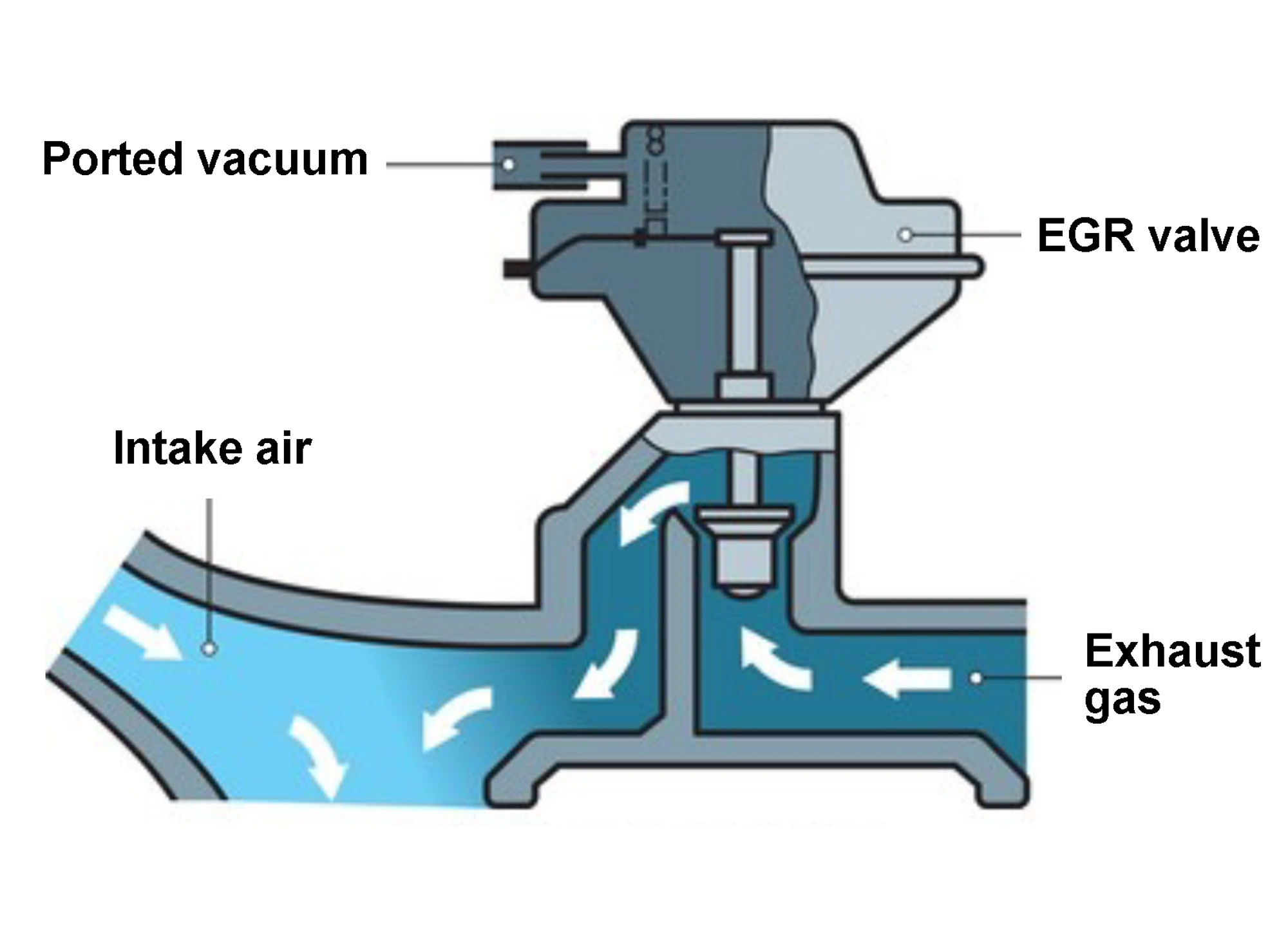
EVAP Components
Canister Purge Solenoids
Features & Benefits
Canister purge solenoids control the flow of fuel vapor stored in the fuel vapor canister to the combustion chambers. Standard® Canister Purge Solenoids are designed to seamlessly integrate with the computer to operate as the OE intended.
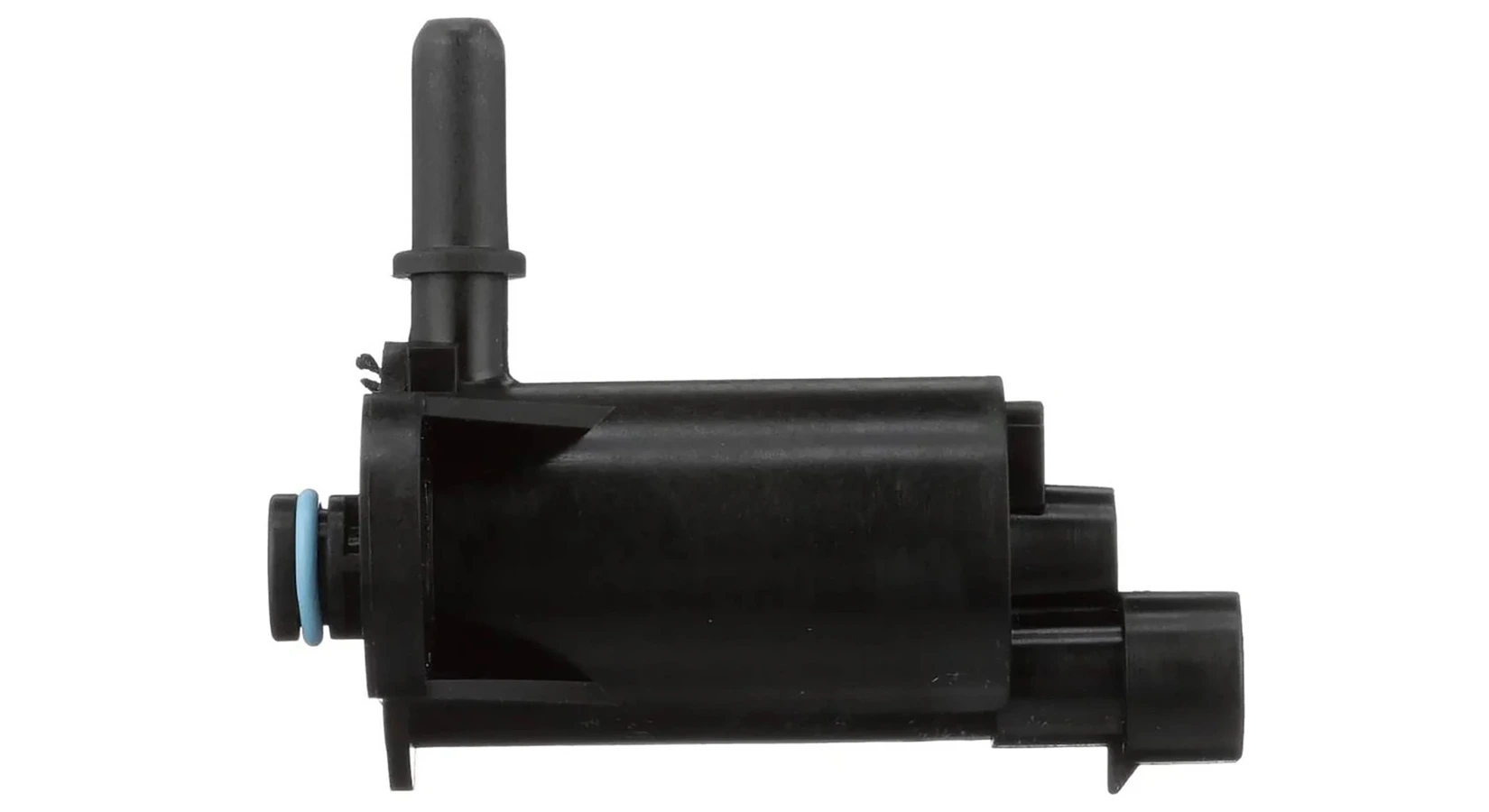
OE-Matched O-Ring
Ensures precise fit and prevents vacuum leaks
OE-Matching Fitting
Quick disconnect fittings ensure exact fit and fast installation
Heavy-Duty Design
High-temperature synthetic housing provides long-lasting operation in the most demanding conditions
OE-Matching Connectors
Ensure exact-fit connection to engine wiring harness
CP411 | General Motors Trucks & SUVs (2005-97)
Canister Purge Solenoid and Related Videos
The StandardBrand YouTube Emission Control playlist features product and technical information, installation videos, training videos and more. With more than 650 videos (and growing), the StandardBrand YouTube channel has proven to be a valuable resource for technicians and parts professionals alike.
Honda Accord Canister Purge Solenoid Replacement
Evaporative emissions testing at the canister
Chevy Cruze EVAP Canister Purge Solenoid Replacement
Canister Purge Solenoid Listings
Canister Purge Valves
Features & Benefits
Canister purge valves allow the engine’s intake vacuum to take in the exact amount of fuel vapors commanded by the ECU. These vapors are delivered from the fuel vapor canister into the engine intake manifold. Standard® Canister Purge Valves are constructed from high-quality materials to withstand extreme temperatures and conditions.
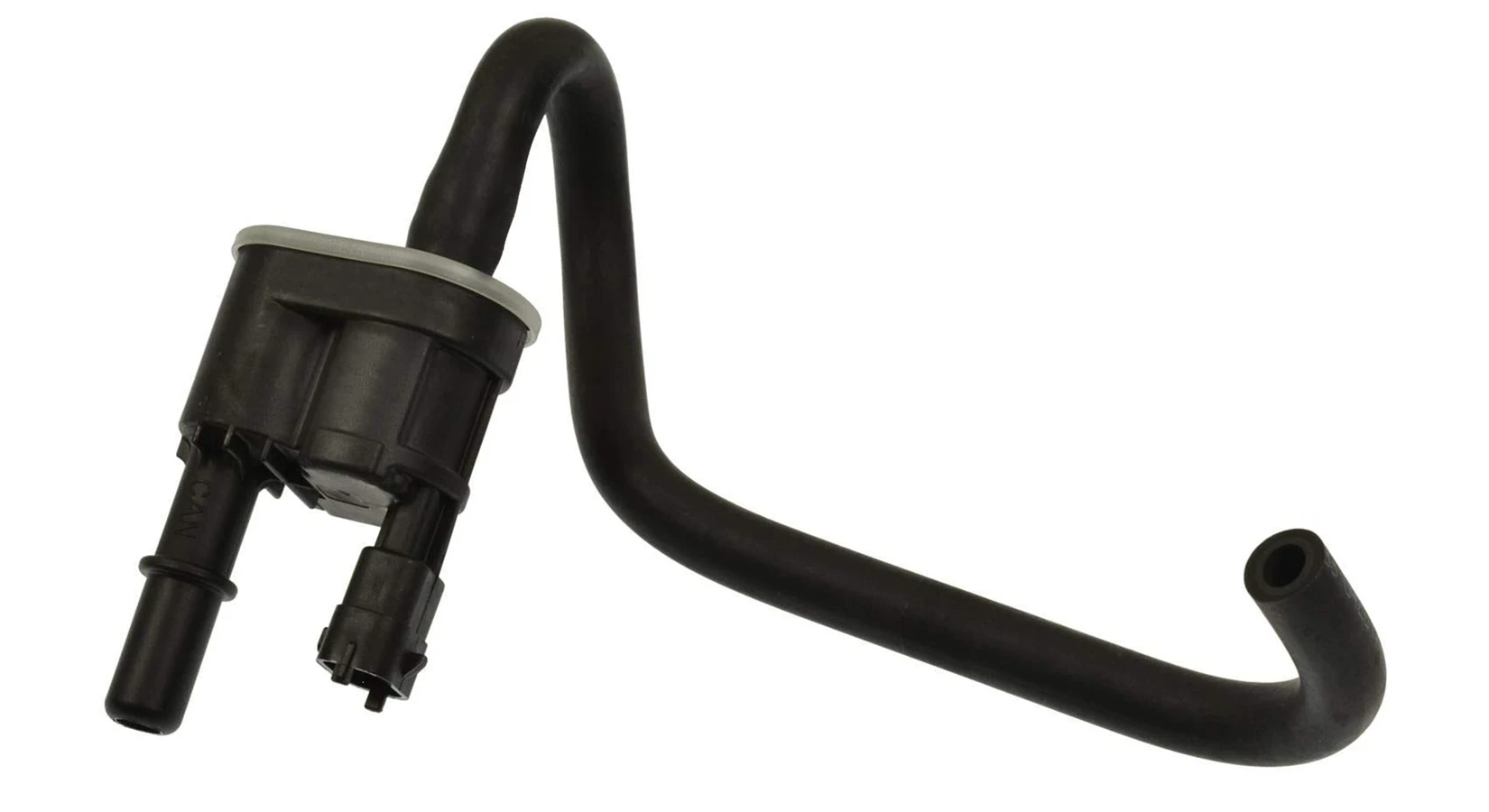
OE-Matching Fitting
Quick disconnect fittings ensure exact fit and fast installation
OE-Matching Connector
Ensures exact-fit connection to vehicle wiring harness
Precision Engineering
Made to prevent unused fuel vapors in the fuel tank from escaping into the atmosphere
OE-Style Molded Hose
Included for a complete and easy installation
CP817 | RAM 1500 (2024-13)
Canister Purge Valves and Related Videos
The StandardBrand YouTube Emission Control playlist features product and technical information, installation videos, training videos and more. With more than 650 videos (and growing), the StandardBrand YouTube channel has proven to be a valuable resource for technicians and parts professionals alike.
Evaporative emissions testing at the canister
Understanding Modern Crankcase Ventilation Systems | Pro Training PowerHour
Standard Emission Control Program
Canister Purge Valve Listings
Canister Vent Solenoids
Features & Benefits
Canister vent solenoids control the flow of outside air in and out of the fuel vapor canister. Standard’s proprietary molding technique provides superior resistance to environmental influences, drastically reducing the possibility of leaks.
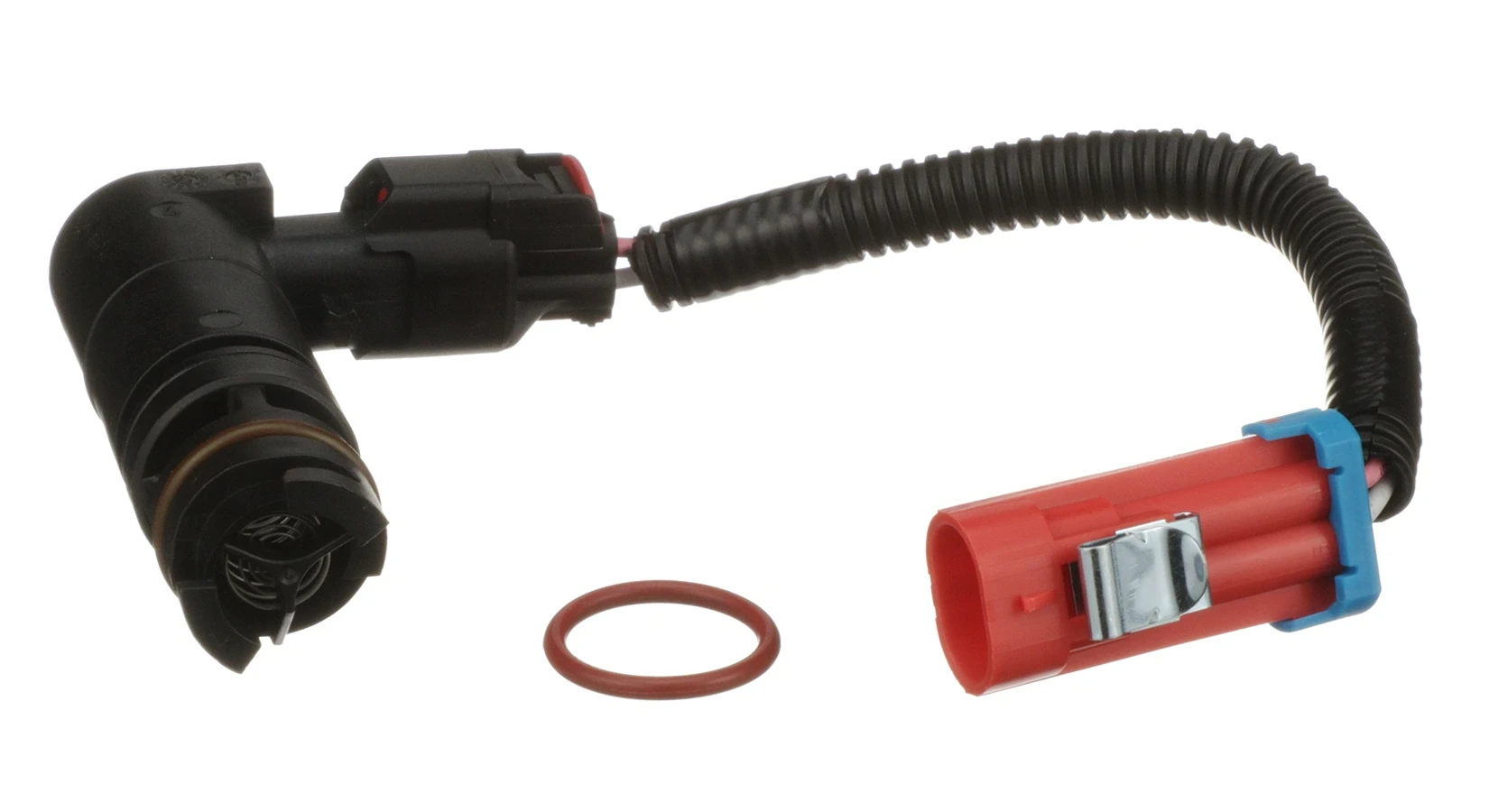
OE-Matching O-Ring
Ensures precise fit and prevents vacuum leaks
High-Grade Materials
For prolonged life and superior performance
OE-Matching Connectors
Ensure exact-fit connection to engine wiring harness
CVS38 | General Motors Cars and SUVs (2024-02)
Canister Vent Solenoid and Related Videos
The StandardBrand YouTube Emission Control playlist features product and technical information, installation videos, training videos and more. With more than 650 videos (and growing), the StandardBrand YouTube channel has proven to be a valuable resource for technicians and parts professionals alike.
Honda Accord Canister Vent Solenoid Replacement
EVAP Diagnostic Tips | Pro Training PowerHour
Standard Emission Control Program
Canister Vent Solenoid Listings
ESIMs
Features & Benefits
Evaporative system integrity modules (ESIM), also known as evaporative system integrity monitors, are a key EVAP component on many late-model Chrysler, Dodge, Jeep, RAM and Fiat vehicles. Standard® ESIMs are designed and tested to accurately detect pressure change and provide corresponding voltage information to the vehicle’s PCM, keeping the EVAP system operating as designed.
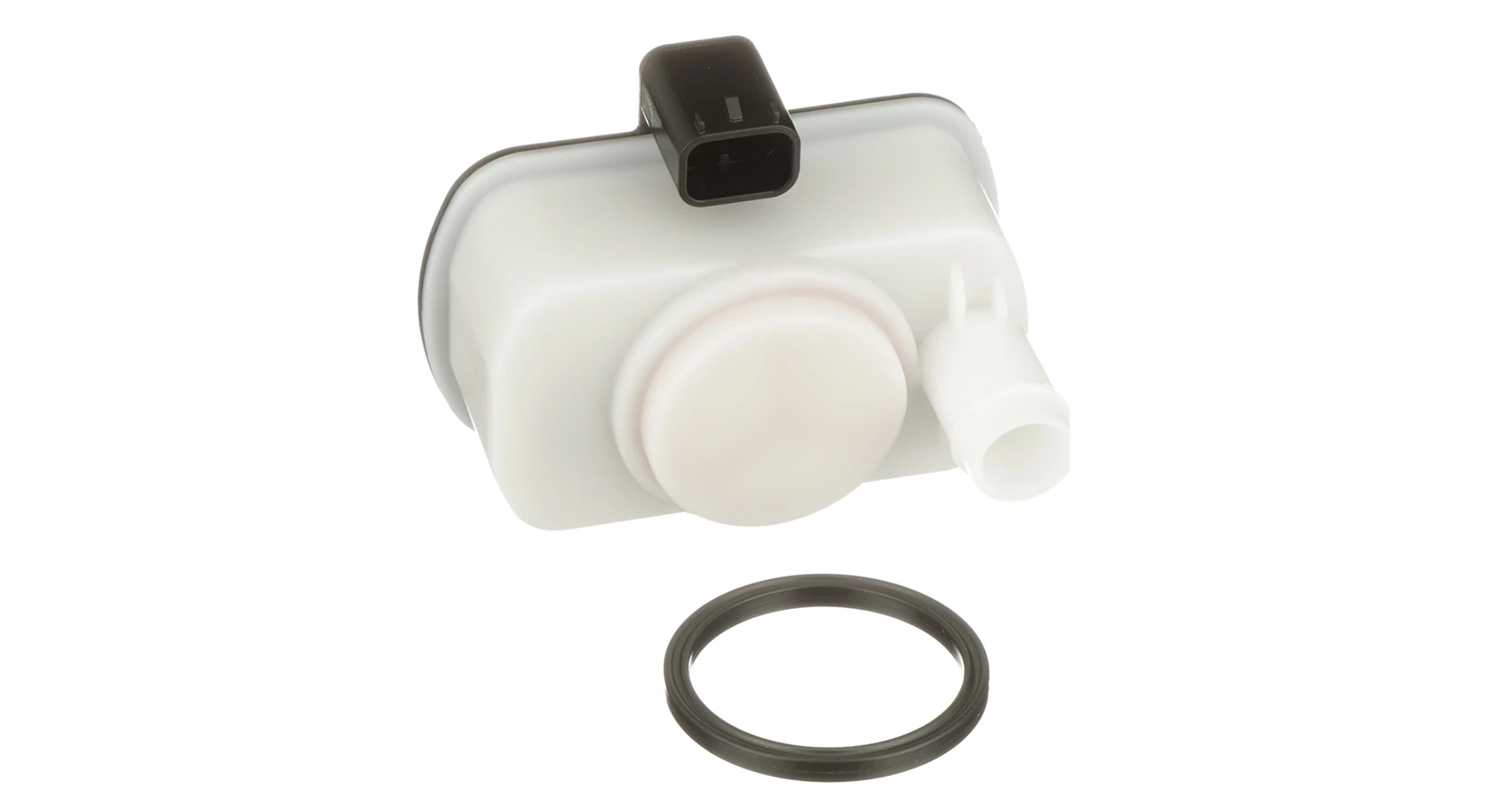
Heavy-Duty Design
High-temperature synthetic housing provides long-lasting operation in the most demanding conditions
OE-Matching Connectors
Ensure exact-fit connection to engine wiring harness
Precision Engineering
Calibrated diaphragm and spring provide accurate voltage readings to the switch
OE-Matching O-Ring
For a complete repair
LDP14 | Chrysler / Dodge / Jeep / RAM (2024-07)
ESIM and Related Videos
The StandardBrand YouTube Emission Control playlist features product and technical information, installation videos, training videos and more. With more than 650 videos (and growing), the StandardBrand YouTube channel has proven to be a valuable resource for technicians and parts professionals alike.
A Closer Look: Evaporative System Integrity Module (ESIM)
Standard Emission Control Program
Evaporative System Integrity Module (ESIM) Replacement Tips
ESIM Listings
Fuel Vapor Canisters
Features & Benefits
Fuel vapor canisters contain activated charcoal, which absorbs fuel vapors while allowing other gasses to flow freely through it. Fuel vapors are then burned off by the engine rather than becoming emissions that pollute the atmosphere. Standard® Fuel Vapor Canisters are constructed from industrial-grade materials for maximum dependability.
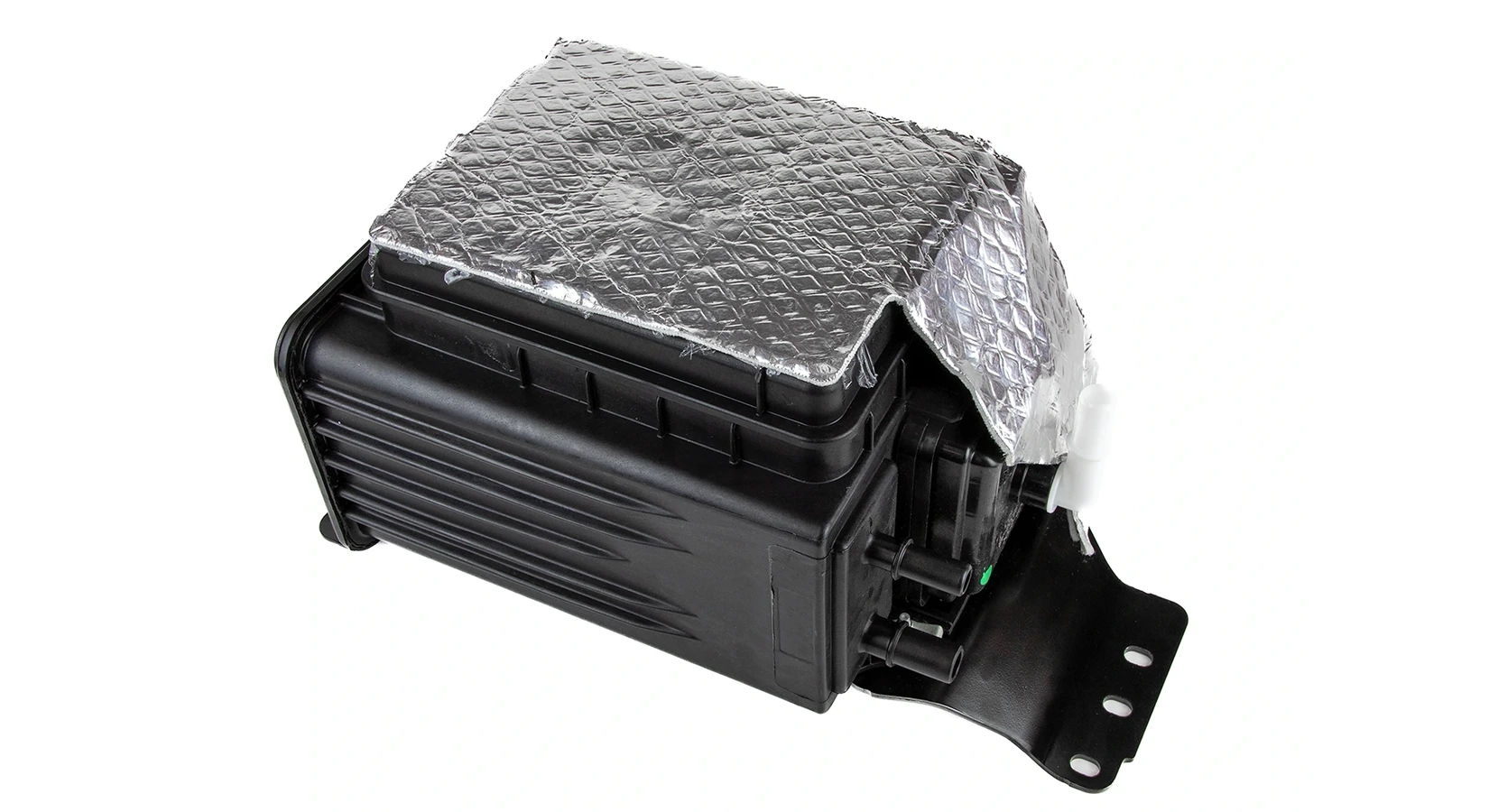
Includes Heat Shield
Protects the canister from extreme heat for a long service life
Includes Mounting Bracket
For a quick and easy installation
OE-Matching Fitting
Quick disconnect fittings ensure exact fit and fast installation
CP3787 | Ford Transit Vans (2024-20)
Fuel Vapor Canister and Related Videos
The StandardBrand YouTube Emission Control playlist features product and technical information, installation videos, training videos and more. With more than 650 videos (and growing), the StandardBrand YouTube channel has proven to be a valuable resource for technicians and parts professionals alike.
EVAP Diagnostic Tips | Pro Training PowerHour
Evaporative emissions testing at the canister
Standard Emission Control Program
Fuel Vapor Canister Listings
Leak Detection Pumps
Features & Benefits
Leak detection pumps pressurize the vehicle’s EVAP system to identify potential leaks in the system. Standard® offers a full line of direct-fit, precision-engineered leak detection pumps which match OE performance and keep vehicle emissions systems operating correctly.
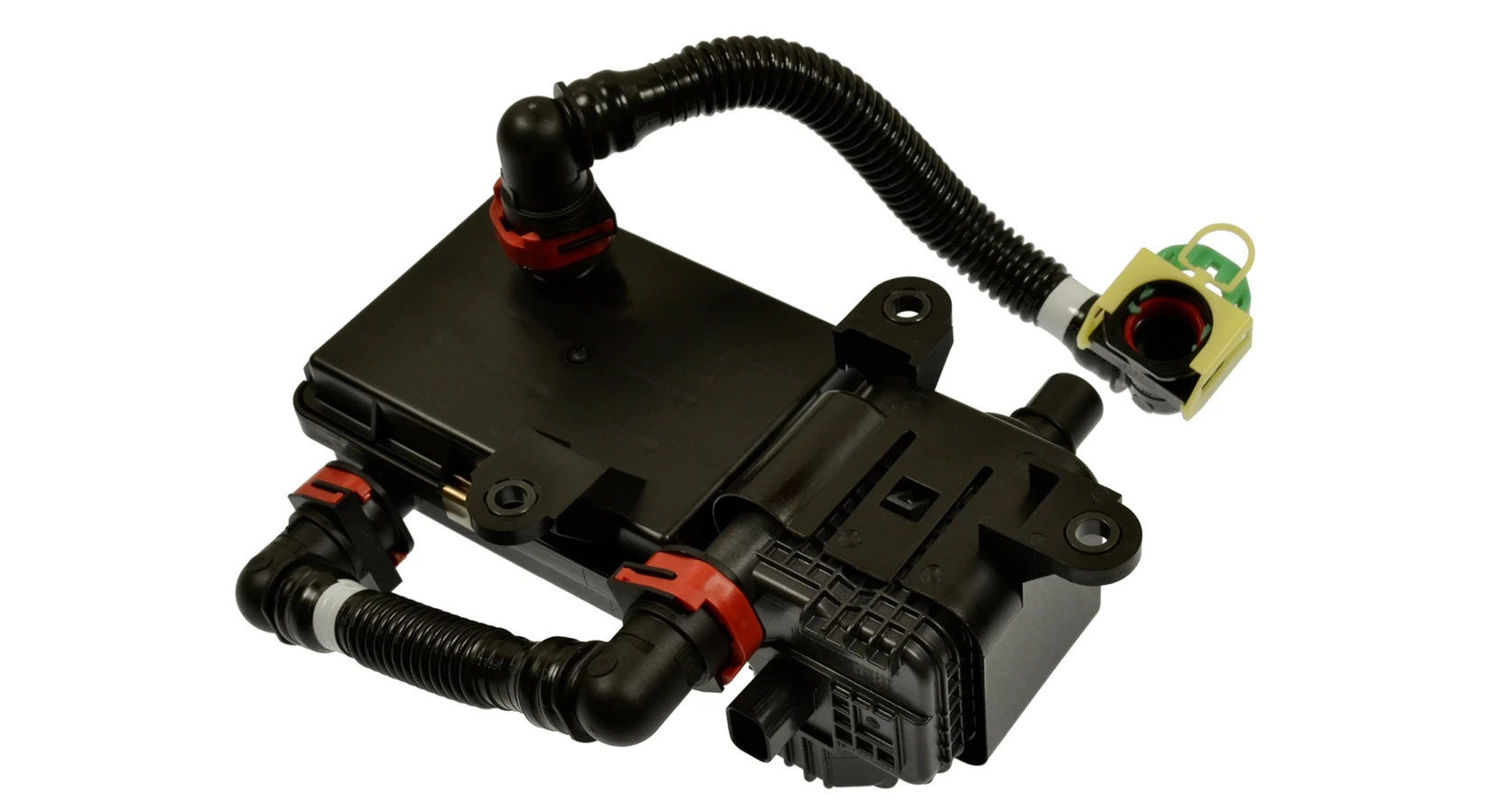
Heavy-Duty Design
High-temperature synthetic housing provides long-lasting operation in the most demanding conditions
OE-Matching Fittings
Quick disconnect fittings ensure exact fit and fast installation
OE-Matching Connectors
Ensure exact-fit connection to engine wiring harness
LDP70 | Subaru Forester (2013-11)
Leak Detection Pumps and Related Videos
The StandardBrand YouTube Emission Control playlist features product and technical information, installation videos, training videos and more. With more than 650 videos (and growing), the StandardBrand YouTube channel has proven to be a valuable resource for technicians and parts professionals alike.
Emission Control | Standard WIYB Training Series
Evaporative emissions testing at the canister
Standard Emission Control Program
Leak Detection Pump Listings
System Overview
System Overview
The EVAP system prevents harmful fuel vapors from entering the atmosphere by delivering them into the intake system to be disposed of.
- Fuel vapor is stored in the charcoal-filled fuel vapor canister
- Fresh air is drawn into the canister to keep the system pressurized
- When conditions are right, the purge valve opens, allowing the fuel vapor to be re-burned in the engine
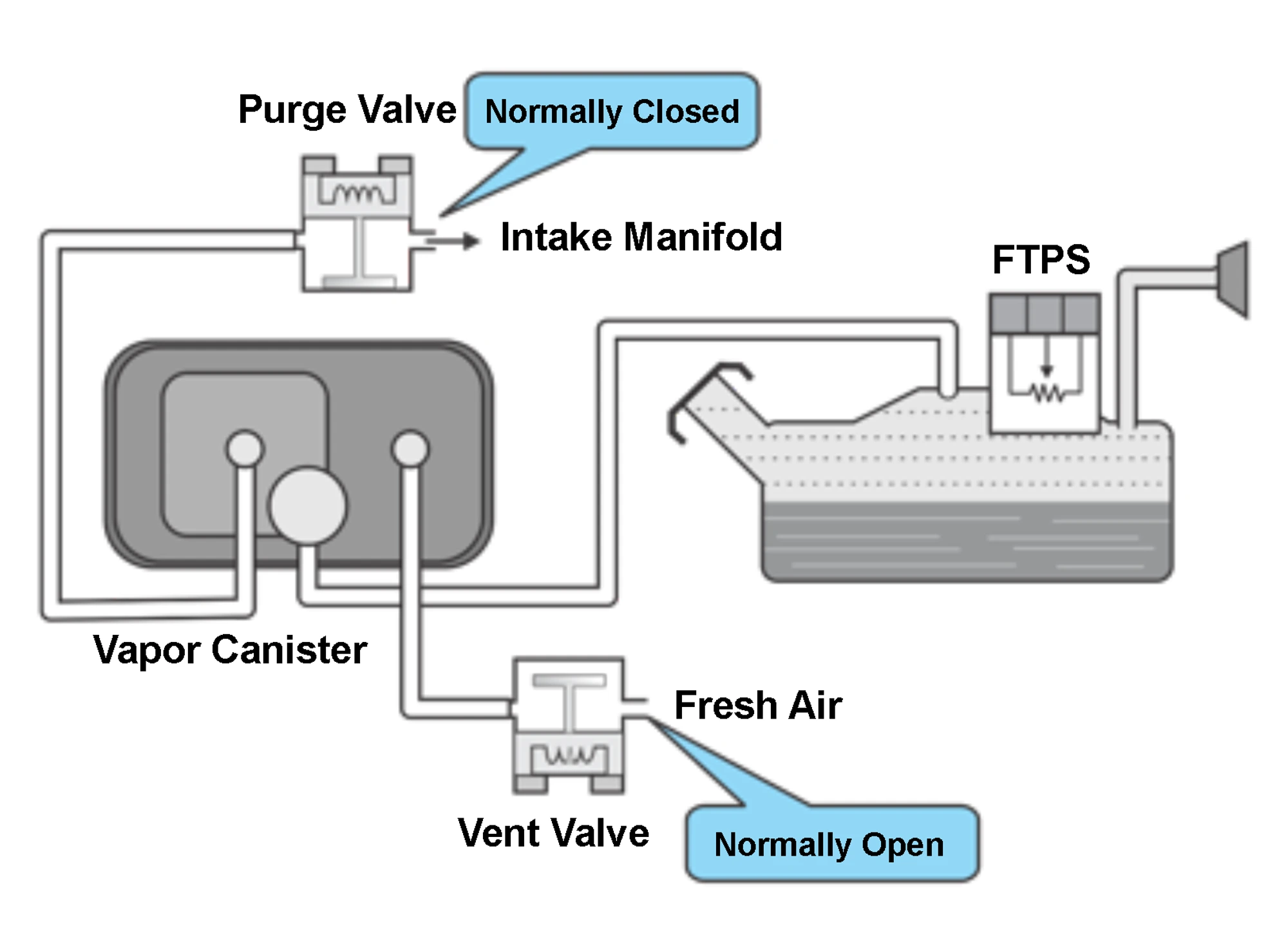
Emission Controls Program
Tech Tips & Impact on Vehicle Systems
As experienced ASE-certified automotive technicians themselves, Standard® Pro Trainers are experts in emission control systems. Here’s what they say to look out for during an emission system service.
After an EVAP system is repaired, it is important to verify the repair by running a self-test and verifying that no DTC has returned (this might not be possible for some small EVAP leak codes).
When a PCV system isn't operating properly, the crankcase of the engine will be under excessive pressure resulting in oil leaks.
A purge solenoid that becomes stuck in the open position will cause the engine to continuously draw fuel vapors from the EVAP system, causing the engine to run rich.
EGR low-flow DTCs can be caused by restricted intake passages, fault control solenoids, and faulty EGR valves.
Always ensure that the control system is operating properly and that the intake passages are free of carbon build up.
While PCV replacement used to be a part of every tune-up, it has been overlooked on many modern vehicles. In some cases, they are incorporated into the valve cover. Always check TSBs and see if there is an updated design available, especially if the engine is experiencing oil leaks.
If an EGR valve is stuck open on a speed-density system which uses a MAP sensor for fuel control, the engine vacuum will be lower and engine load will appear higher, resulting in a rich running condition.
After an EVAP system is repaired, it is important to verify the repair by running a self-test and verifying that no DTC has returned (this might not be possible for some small EVAP leak codes).
When a PCV system isn't operating properly, the crankcase of the engine will be under excessive pressure resulting in oil leaks.
A purge solenoid that becomes stuck in the open position will cause the engine to continuously draw fuel vapors from the EVAP system, causing the engine to run rich.
EGR low-flow DTCs can be caused by restricted intake passages, fault control solenoids, and faulty EGR valves.
Always ensure that the control system is operating properly and that the intake passages are free of carbon build up.
While PCV replacement used to be a part of every tune-up, it has been overlooked on many modern vehicles. In some cases, they are incorporated into the valve cover. Always check TSBs and see if there is an updated design available, especially if the engine is experiencing oil leaks.
If an EGR valve is stuck open on a speed-density system which uses a MAP sensor for fuel control, the engine vacuum will be lower and engine load will appear higher, resulting in a rich running condition.
Check Out Our Available Pro Training Classes
Training, Installation & Product Videos
Viewing video(s) 1-37 of 37

No results found
